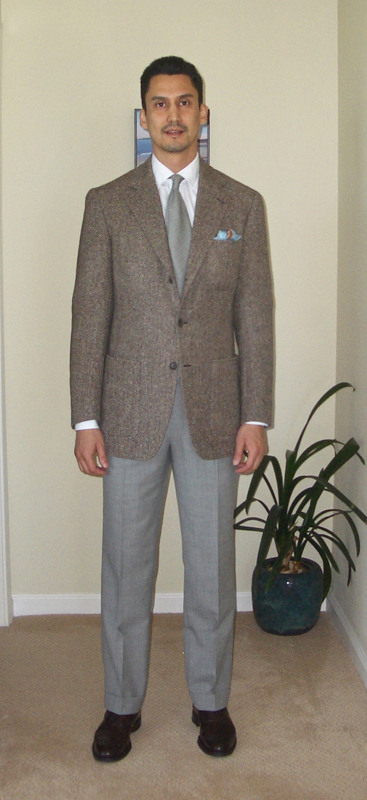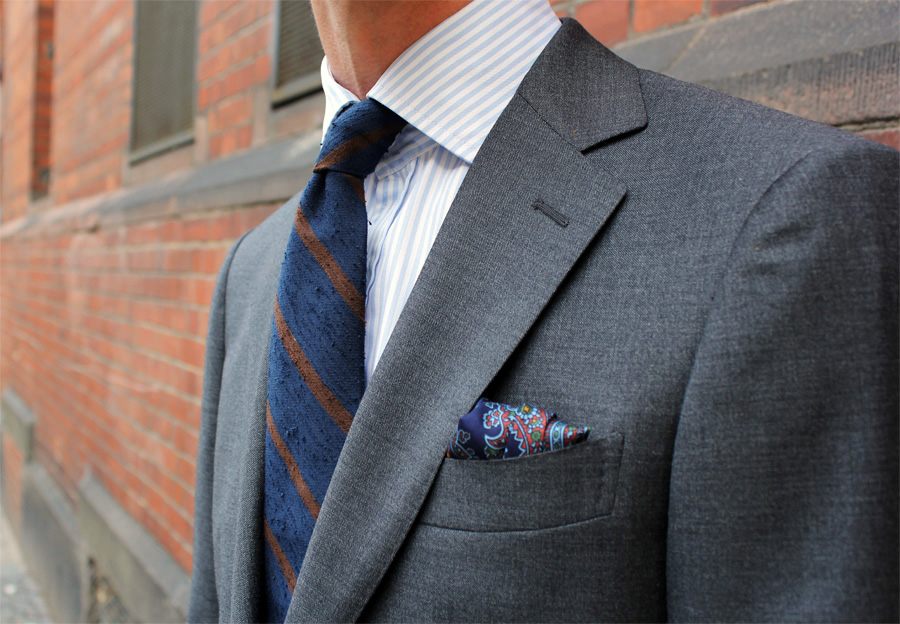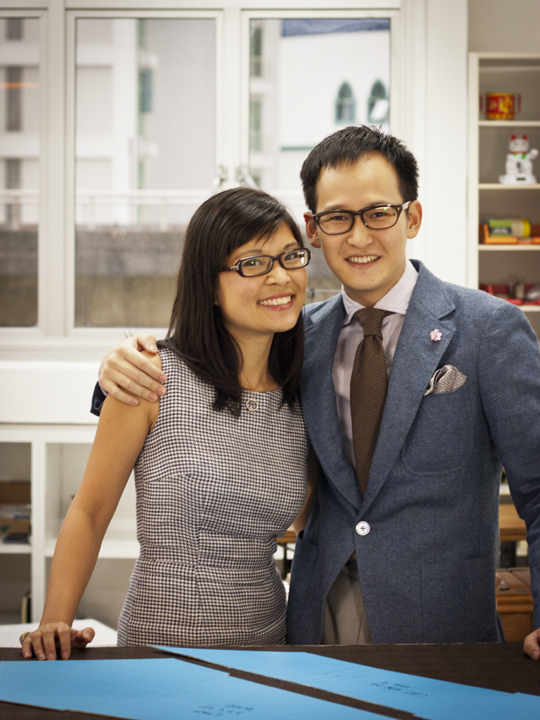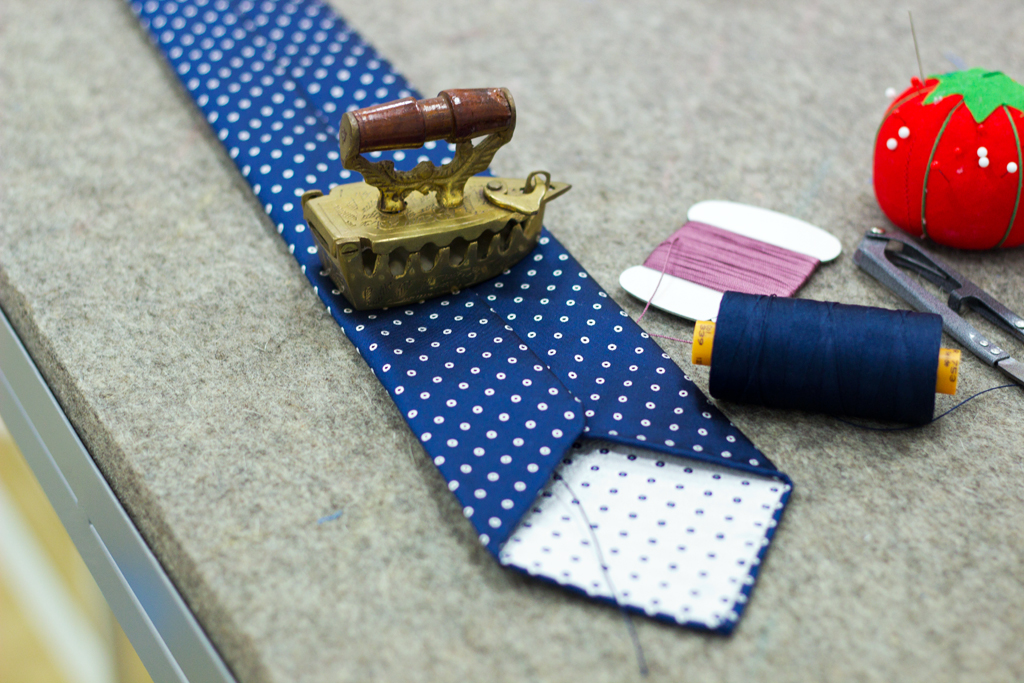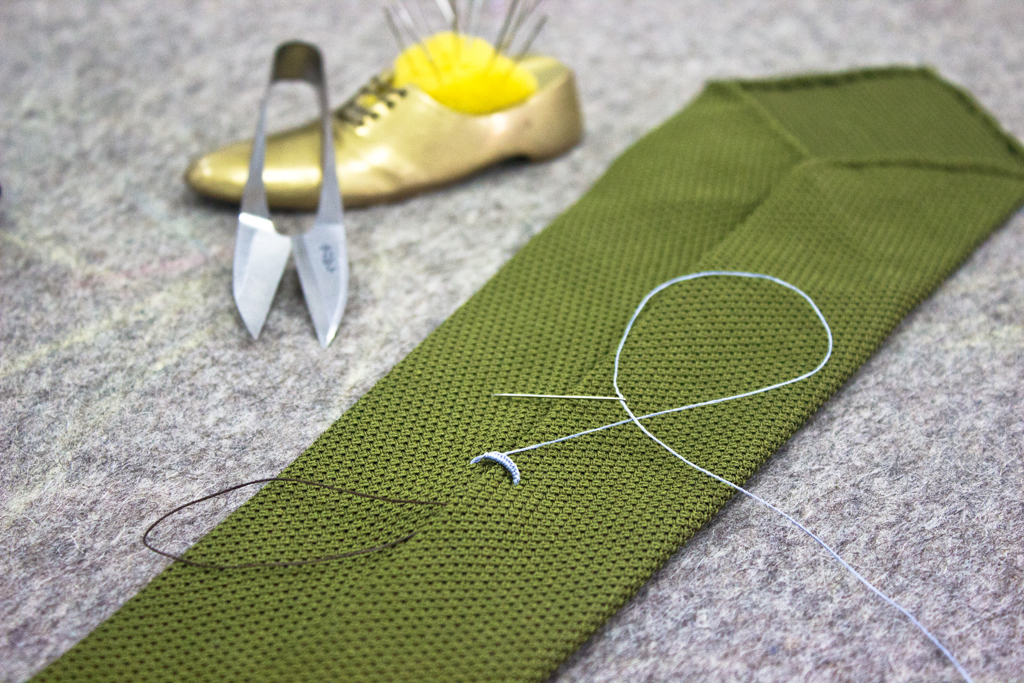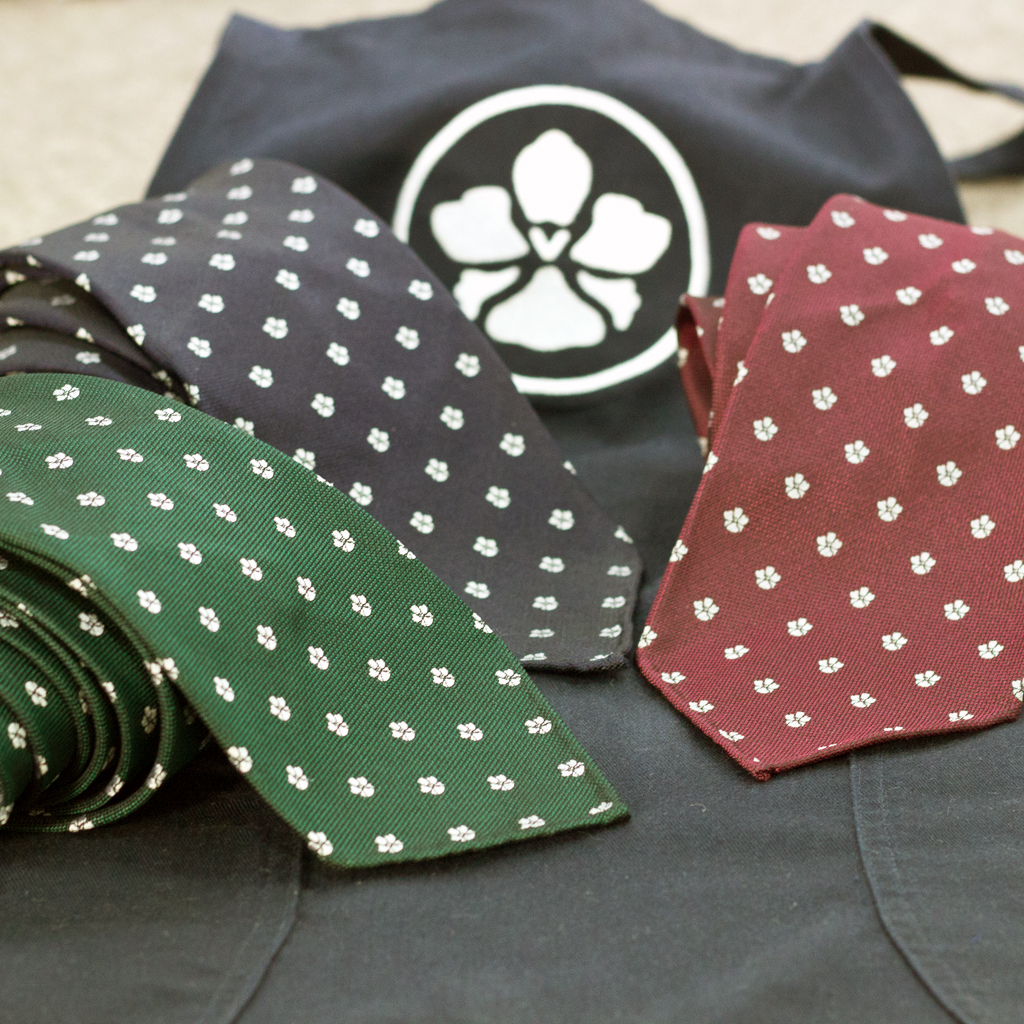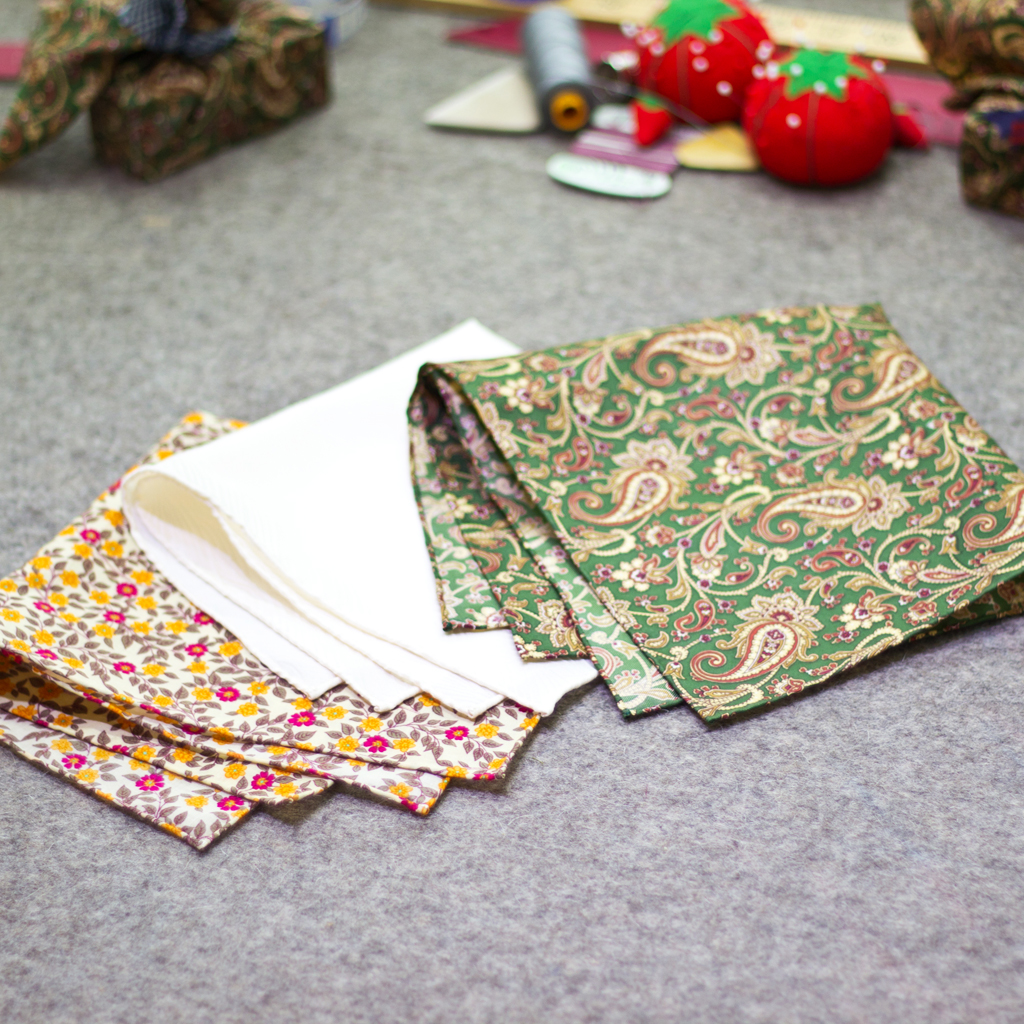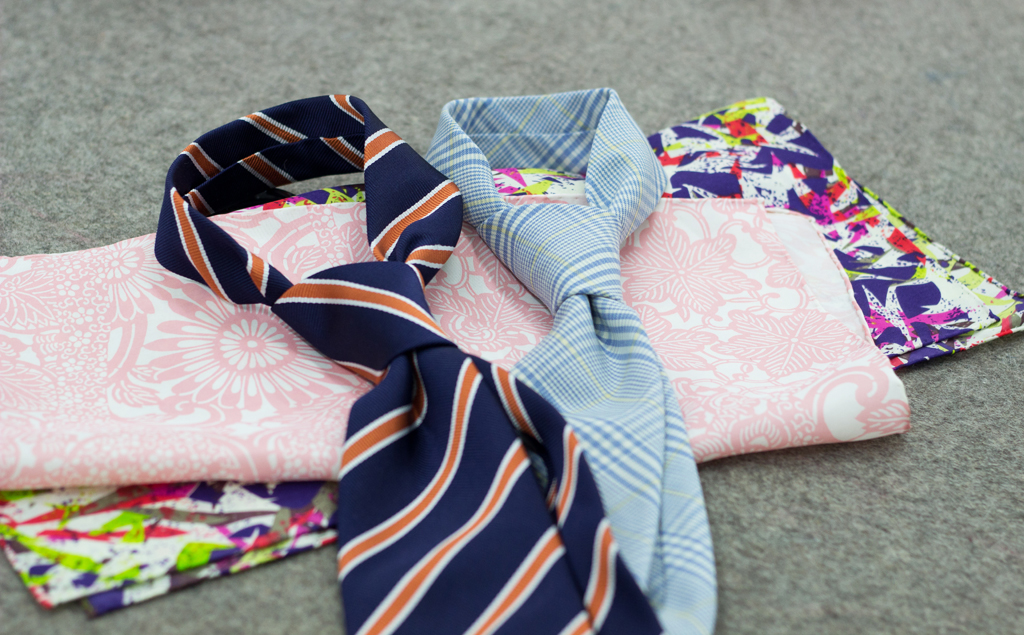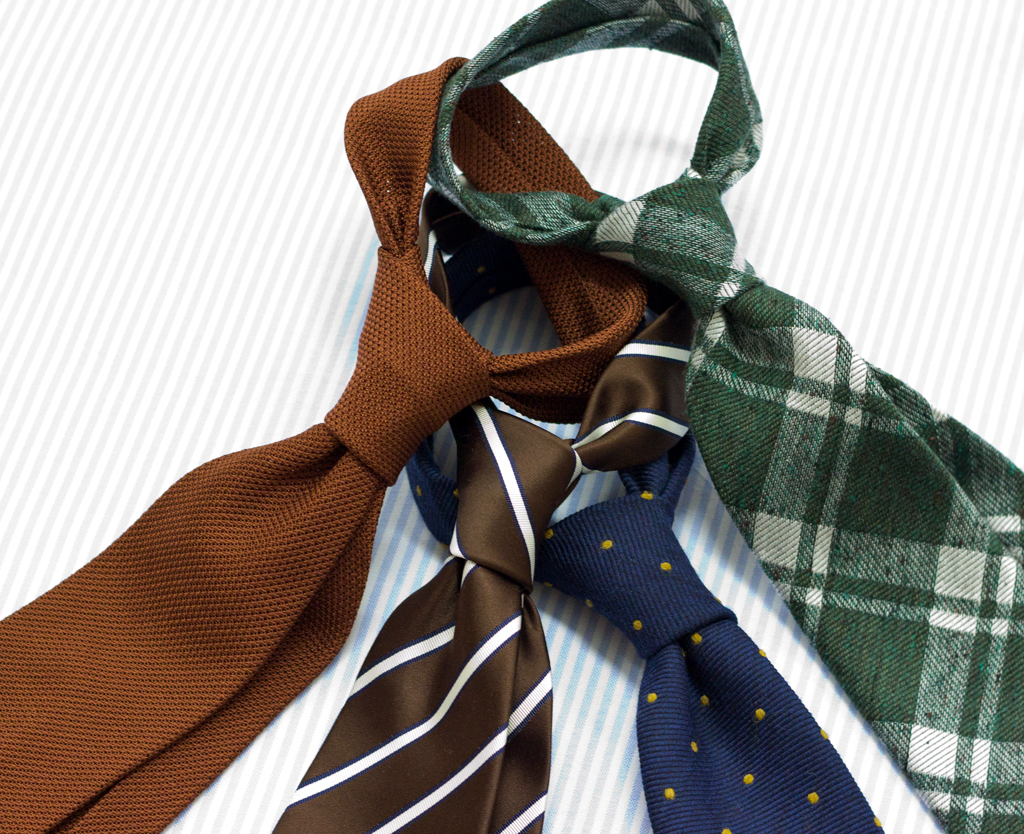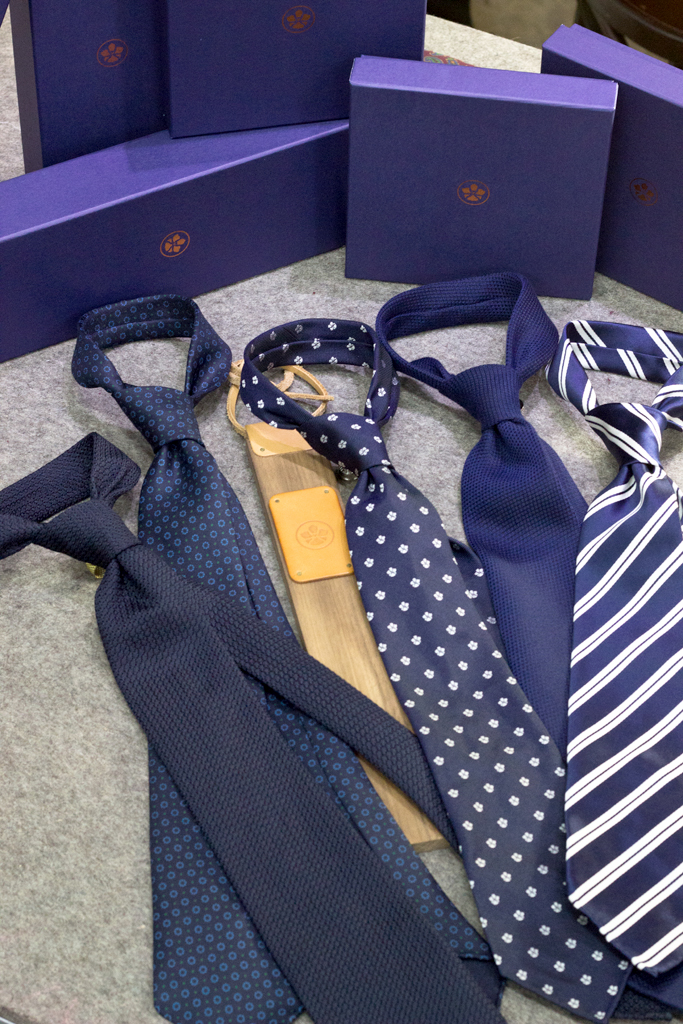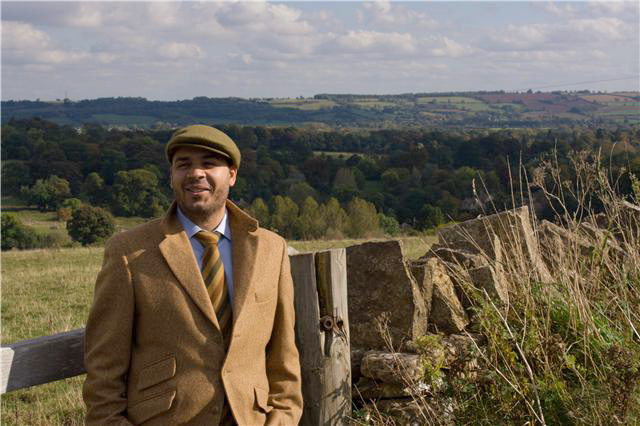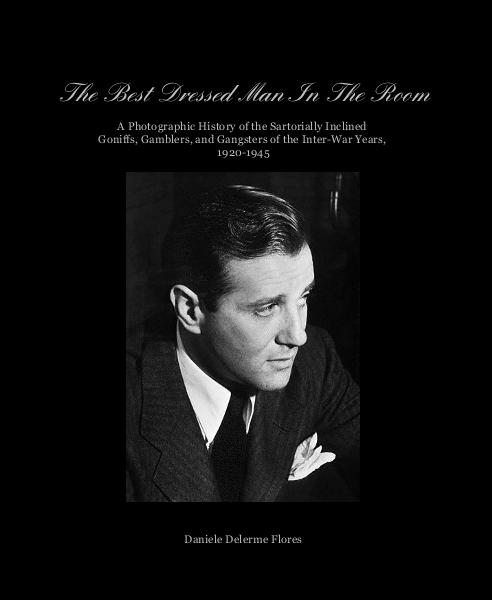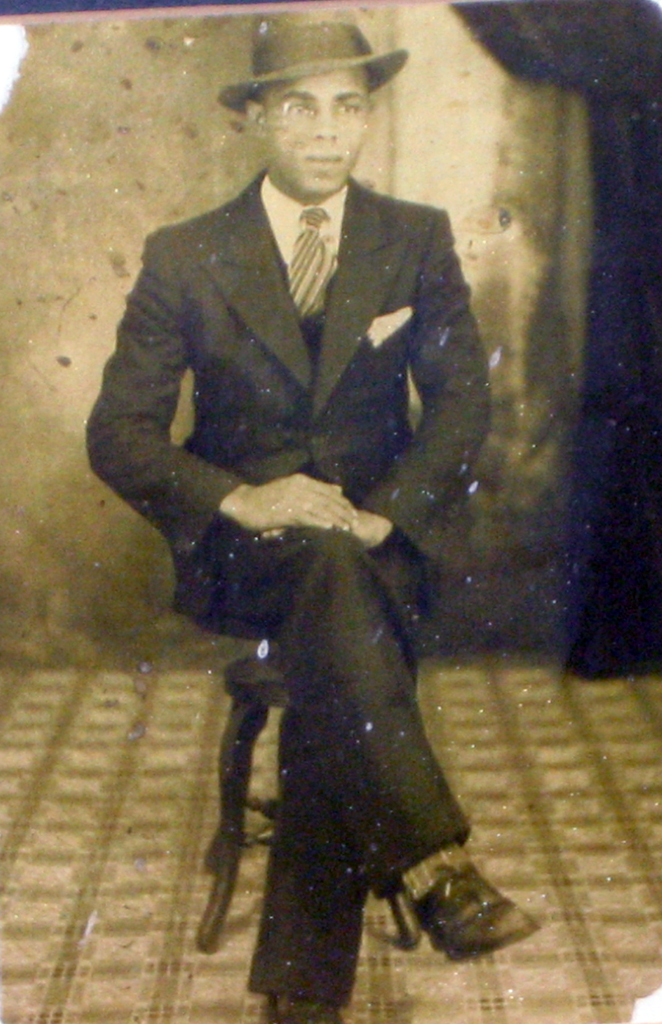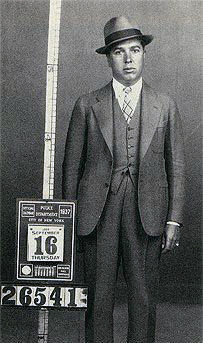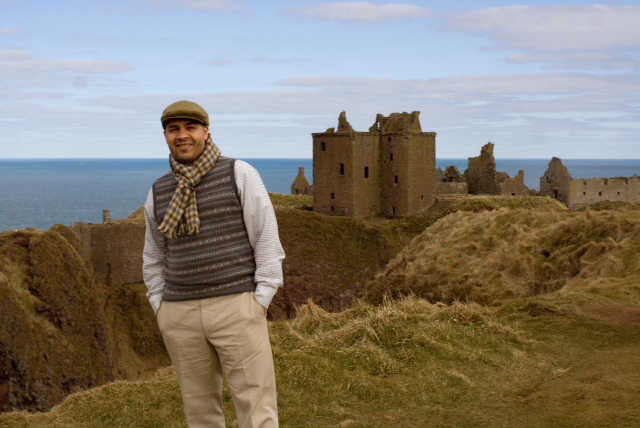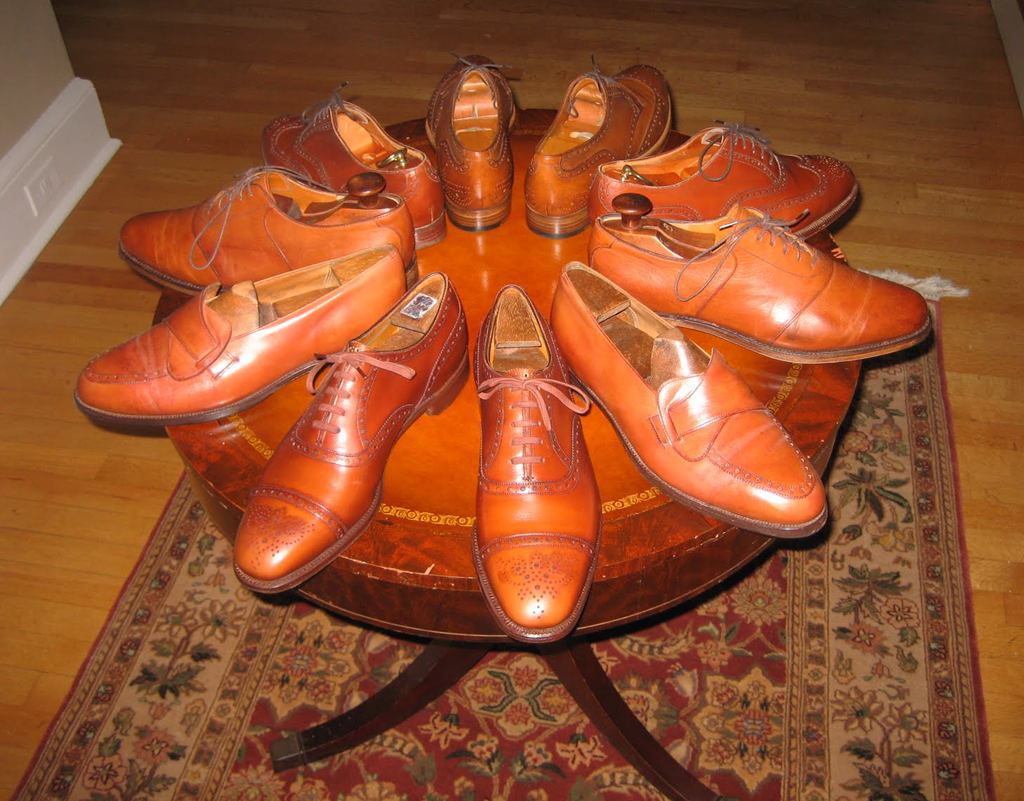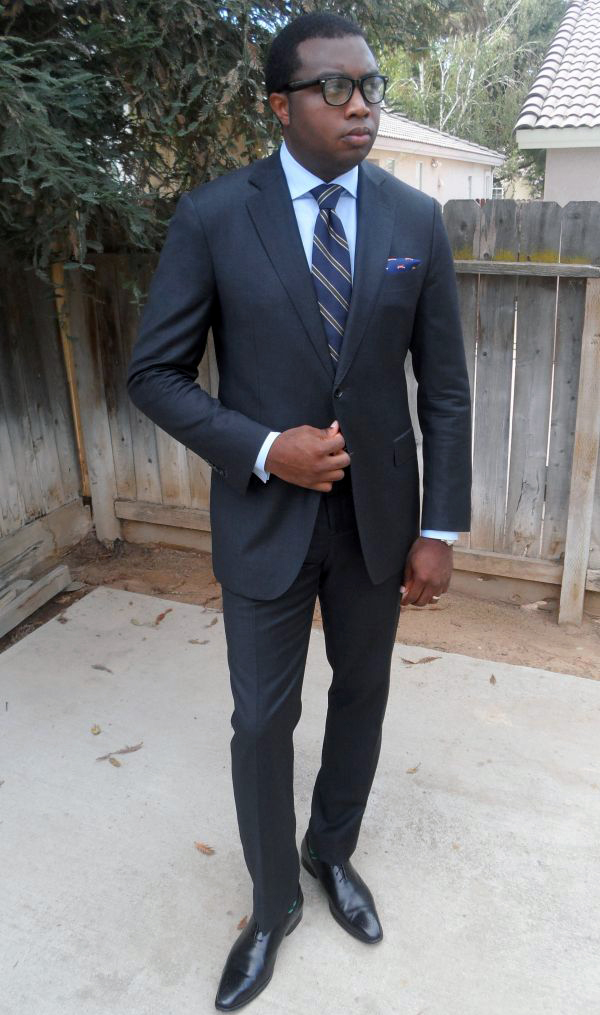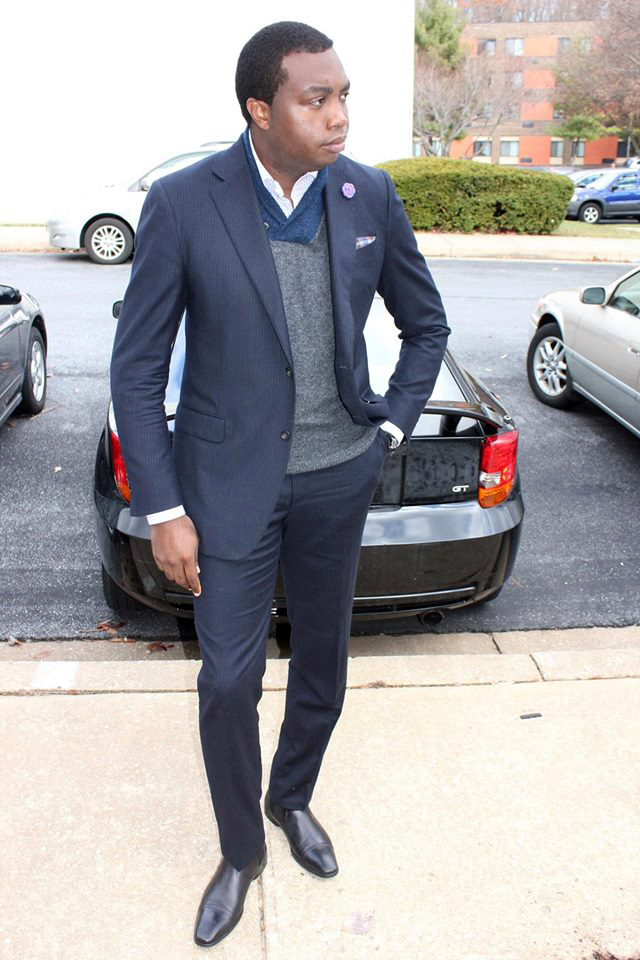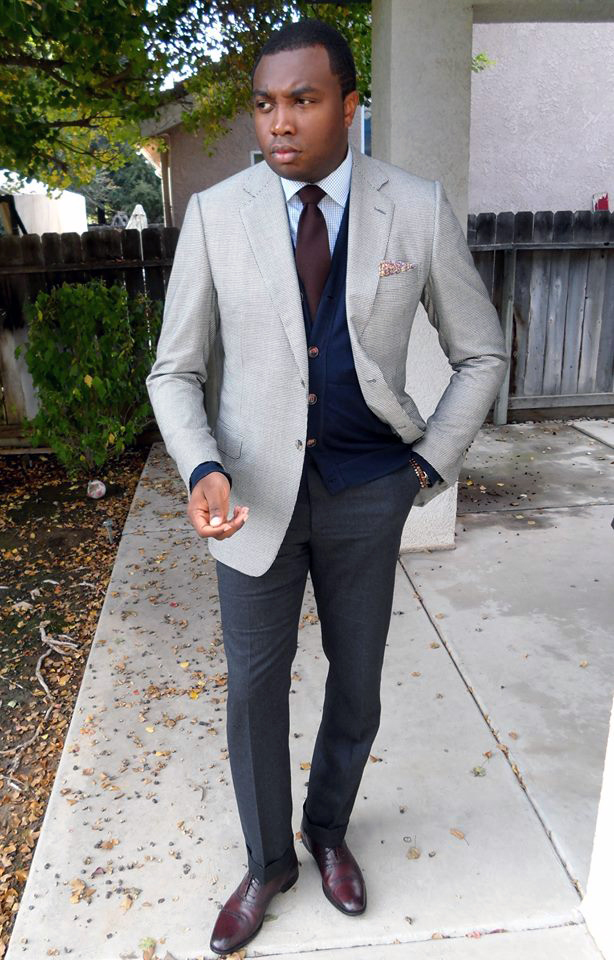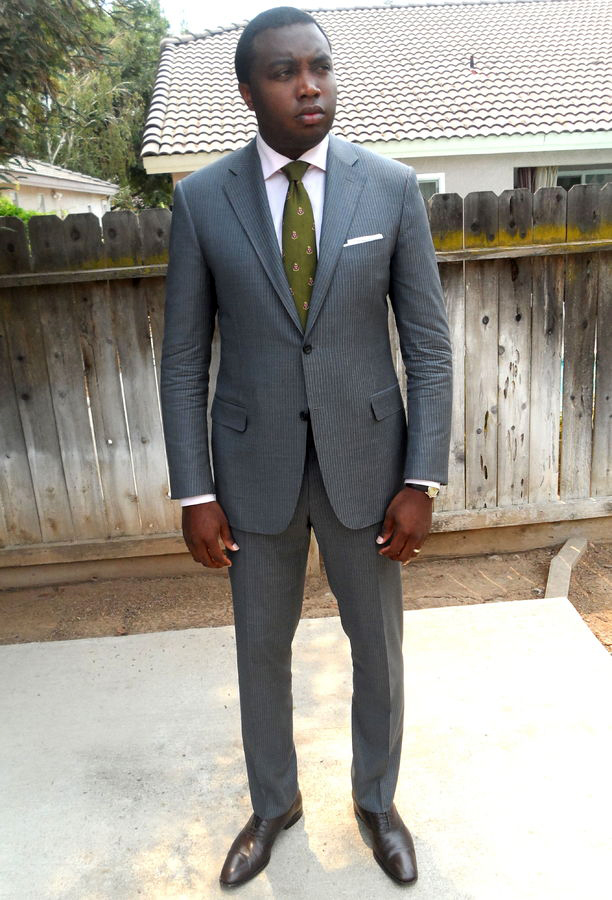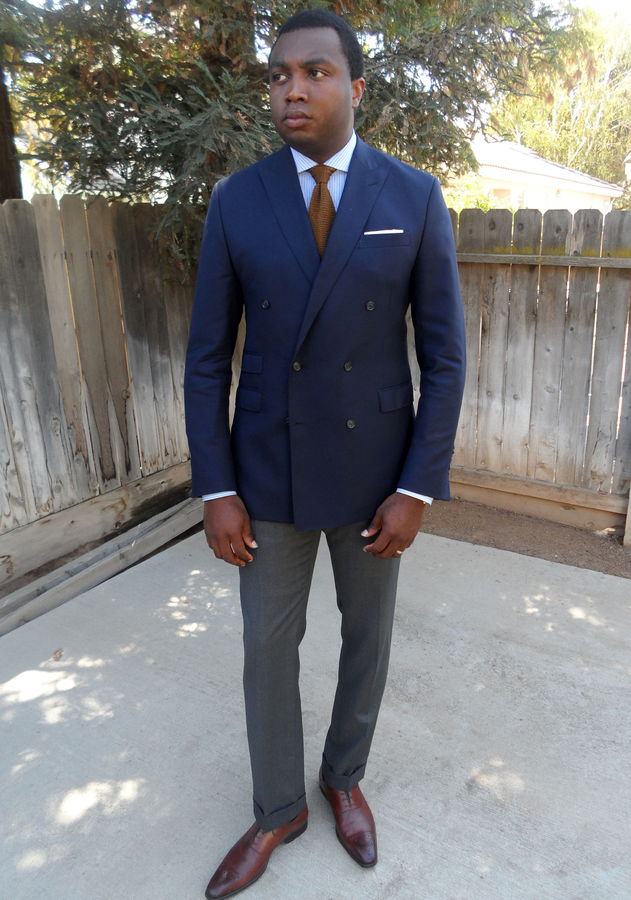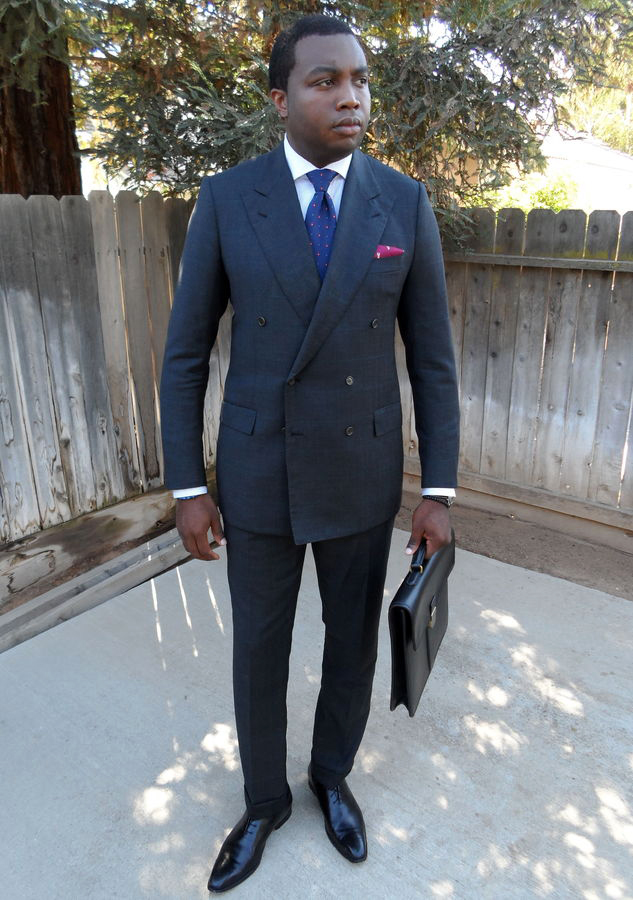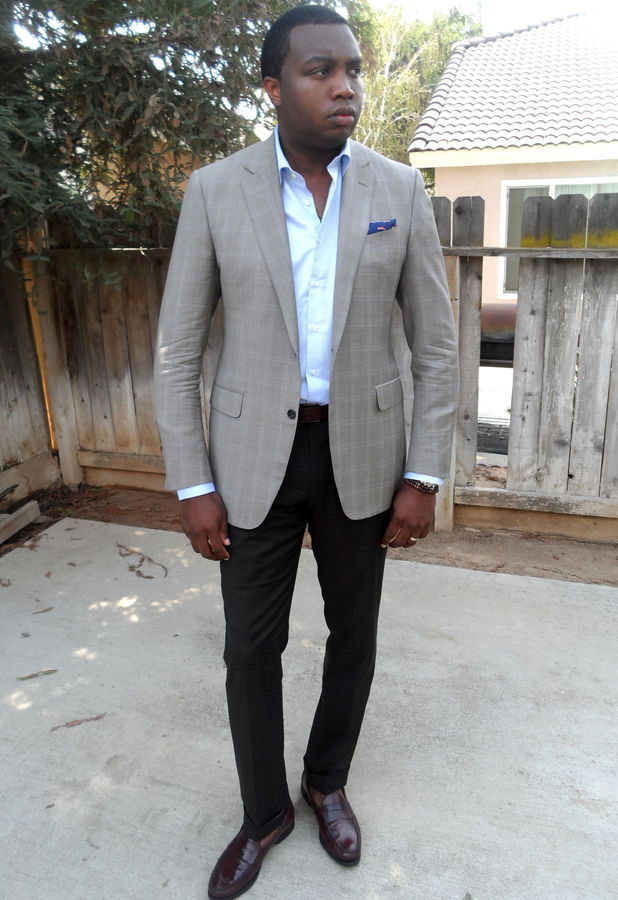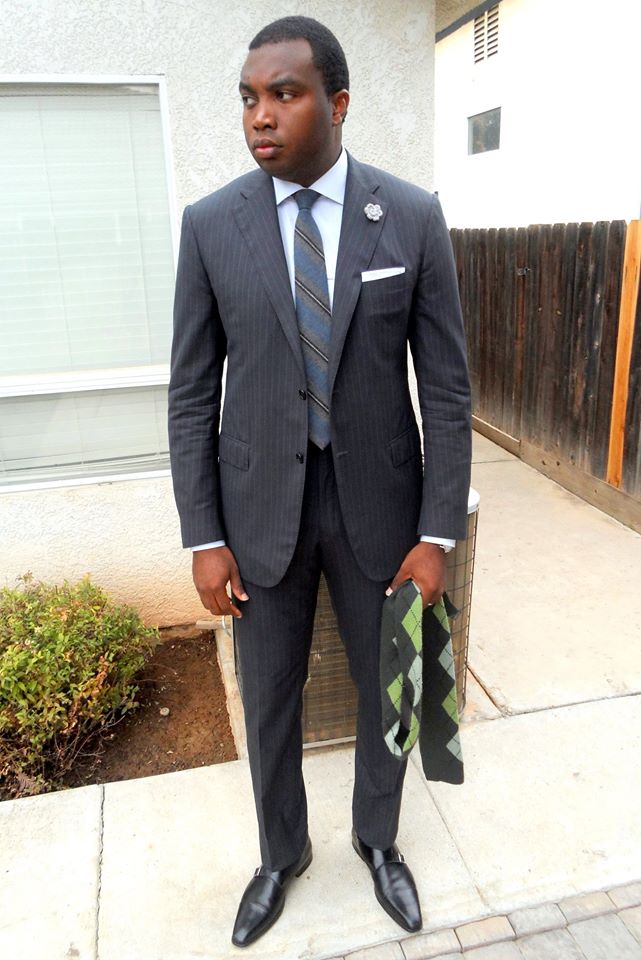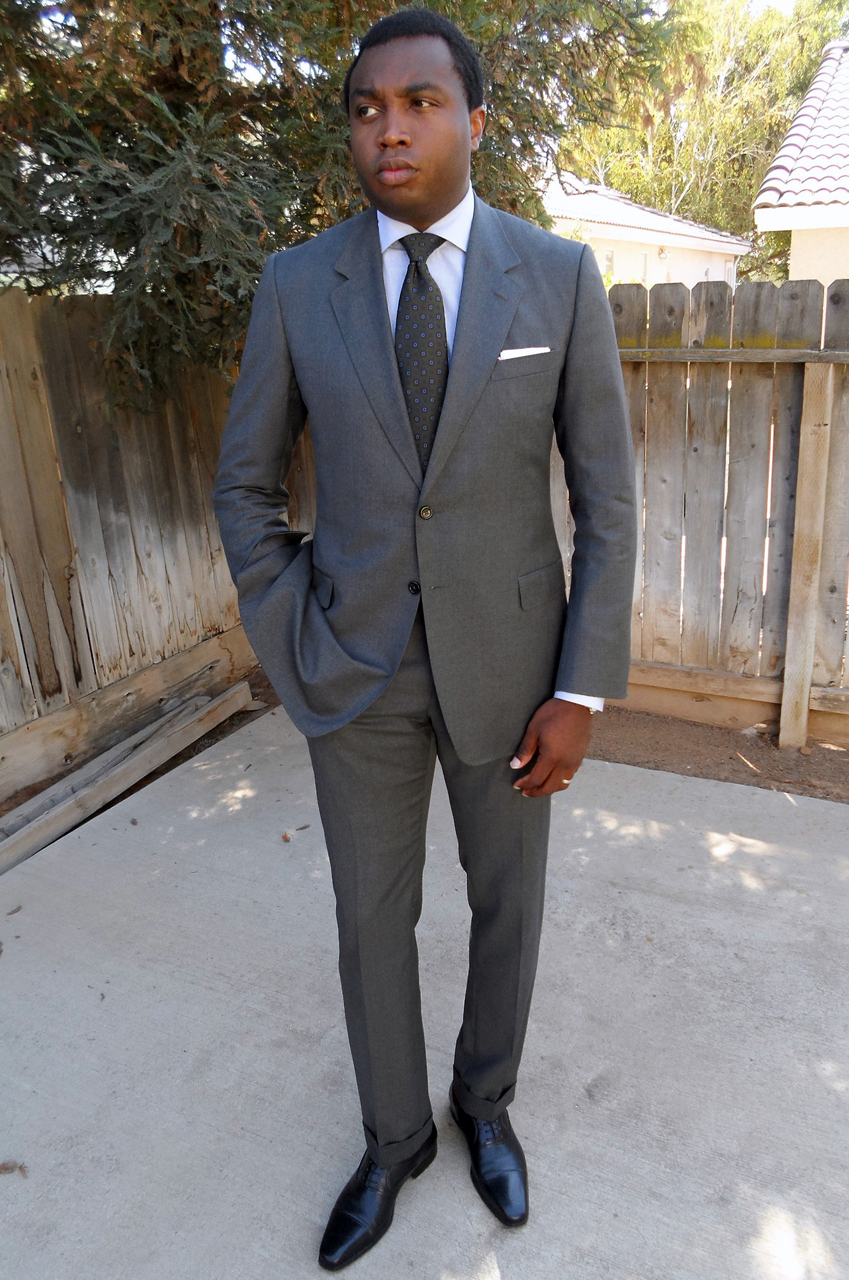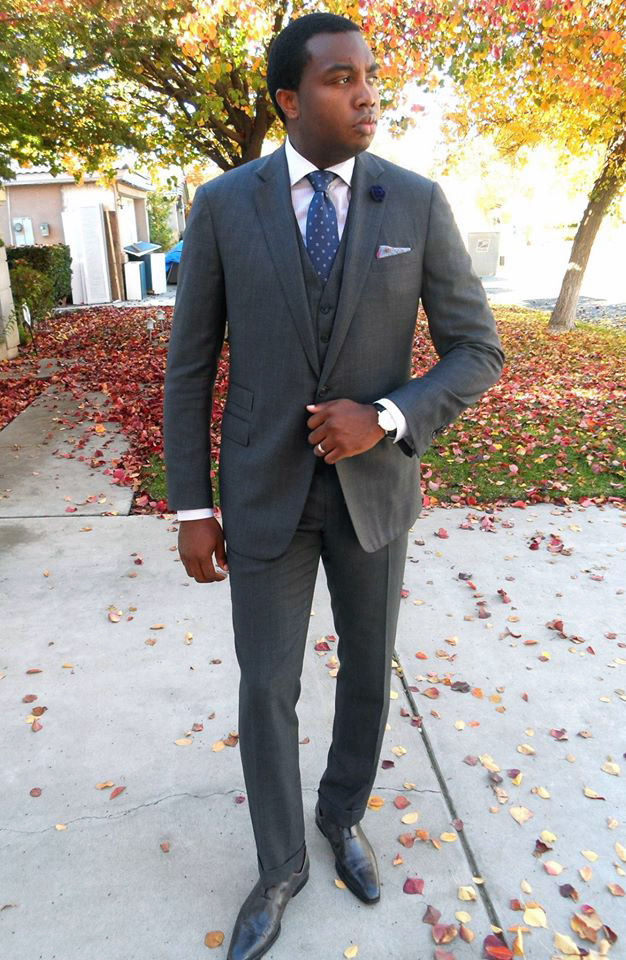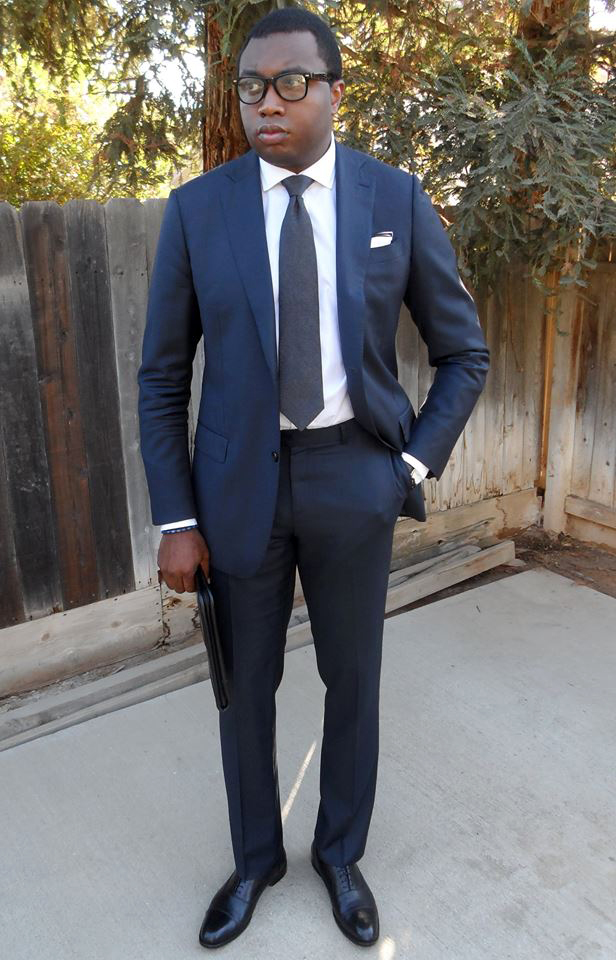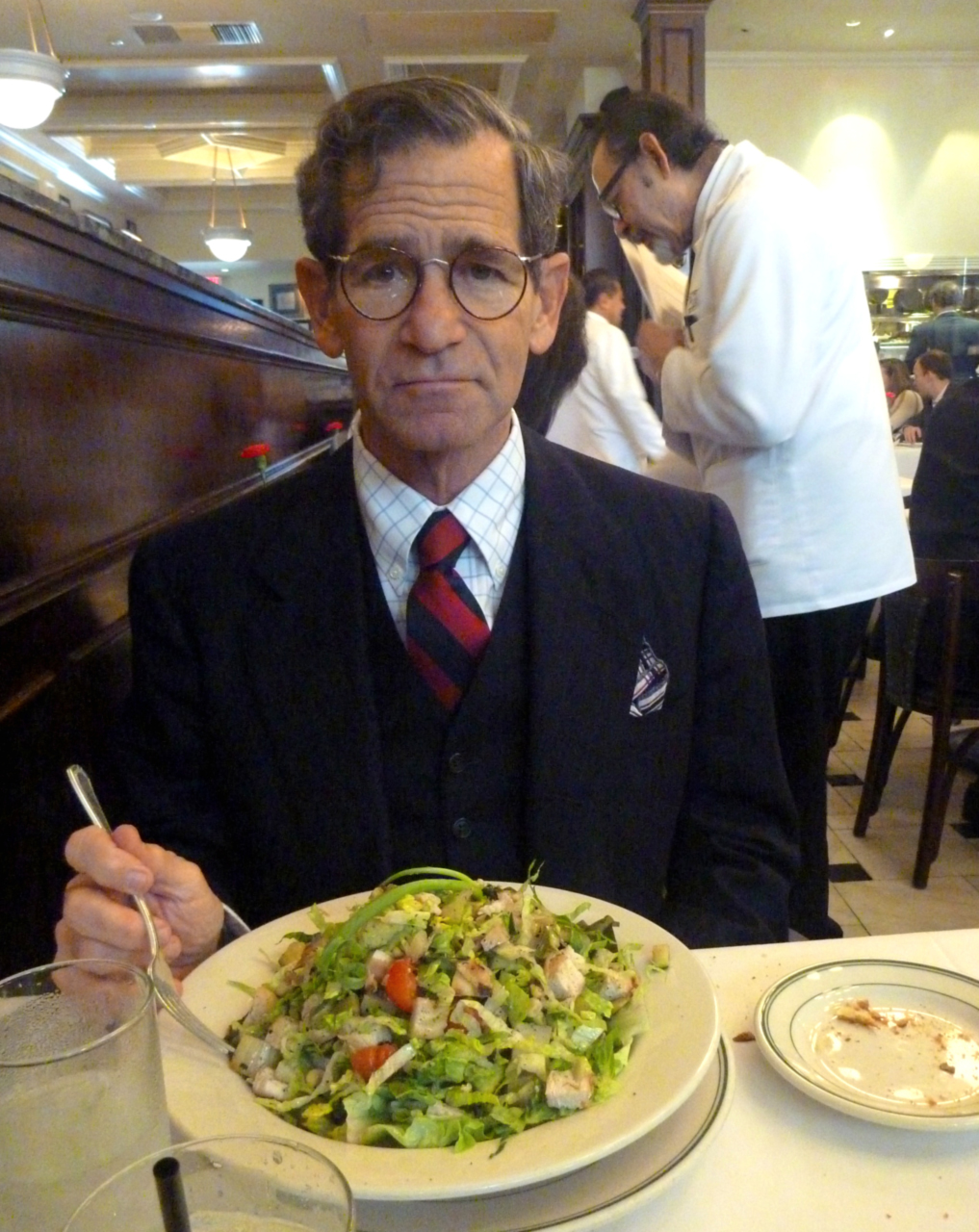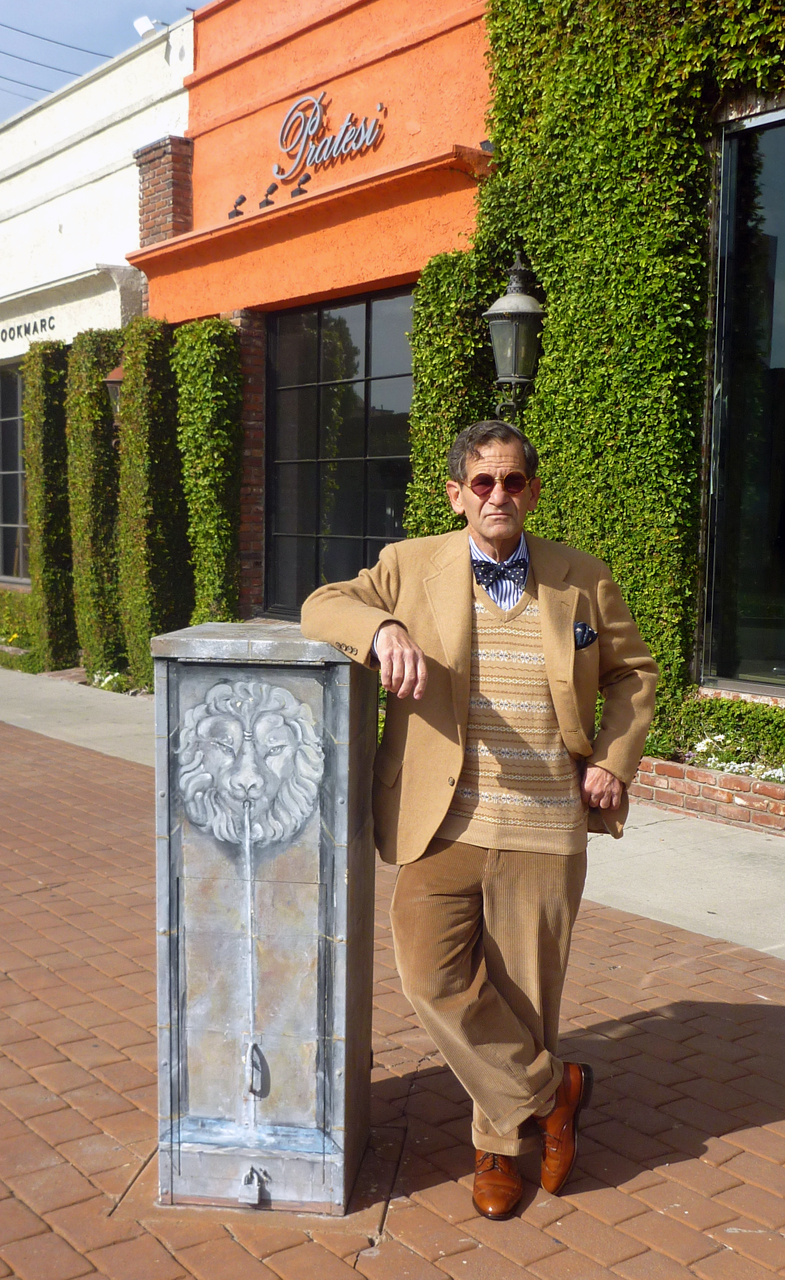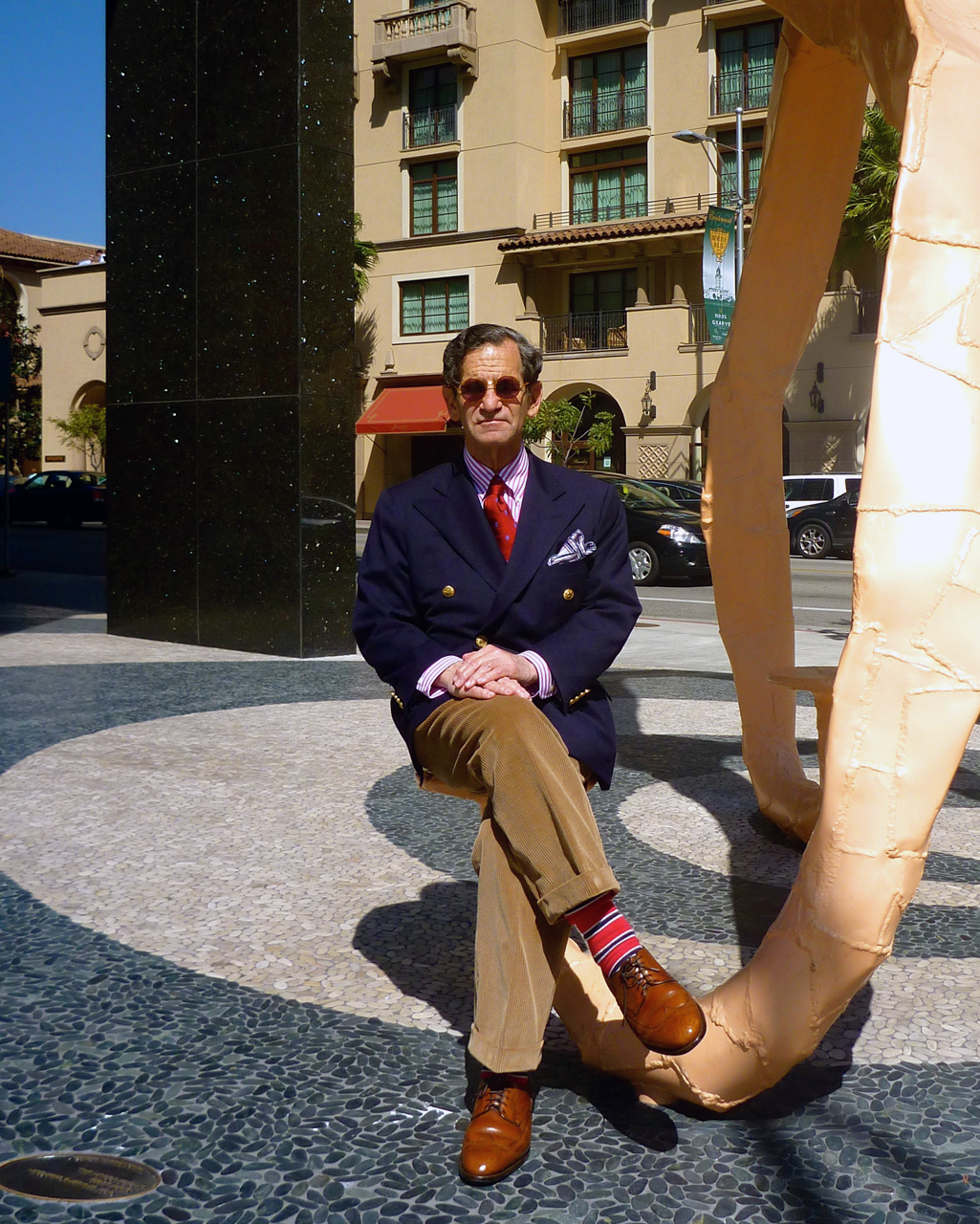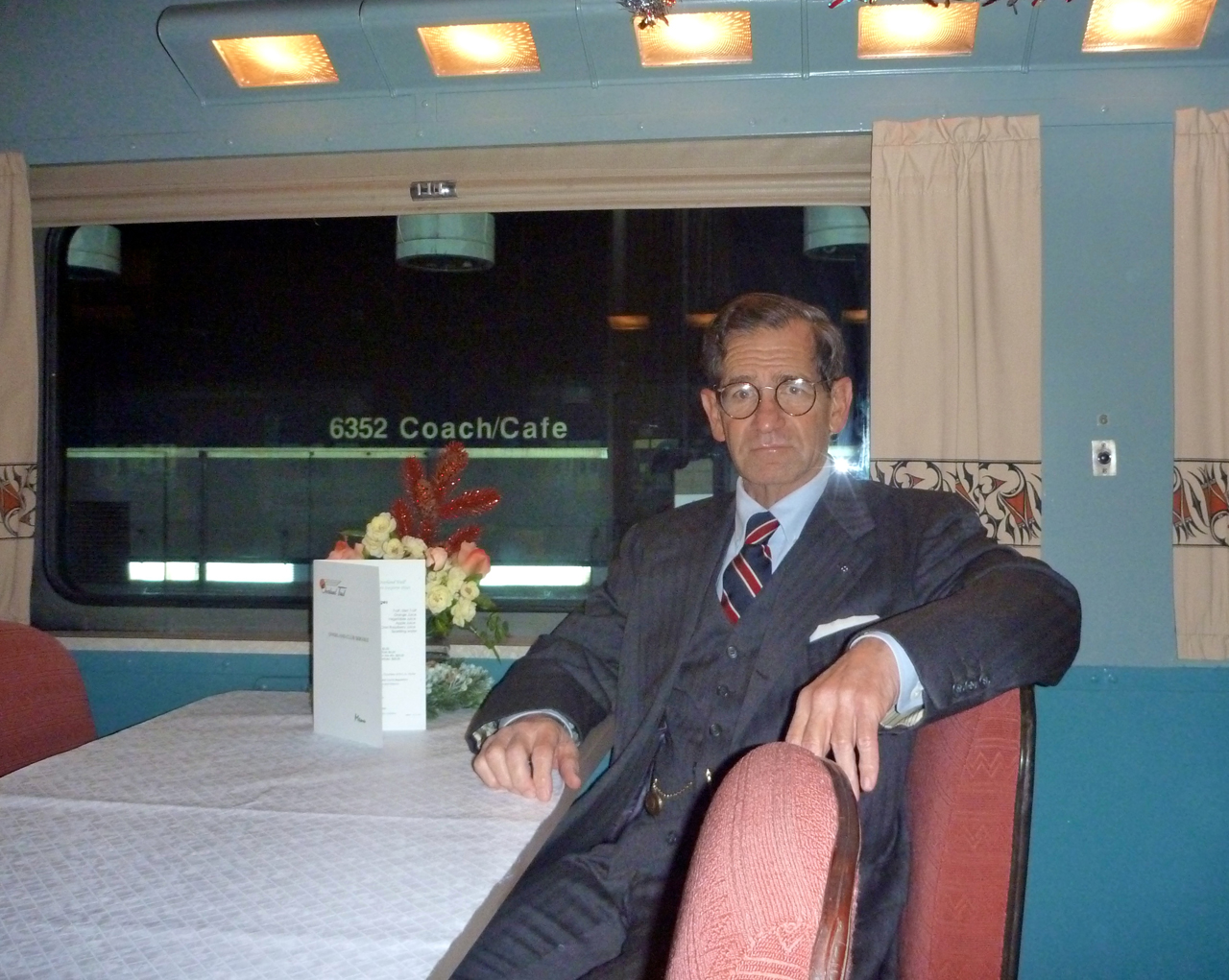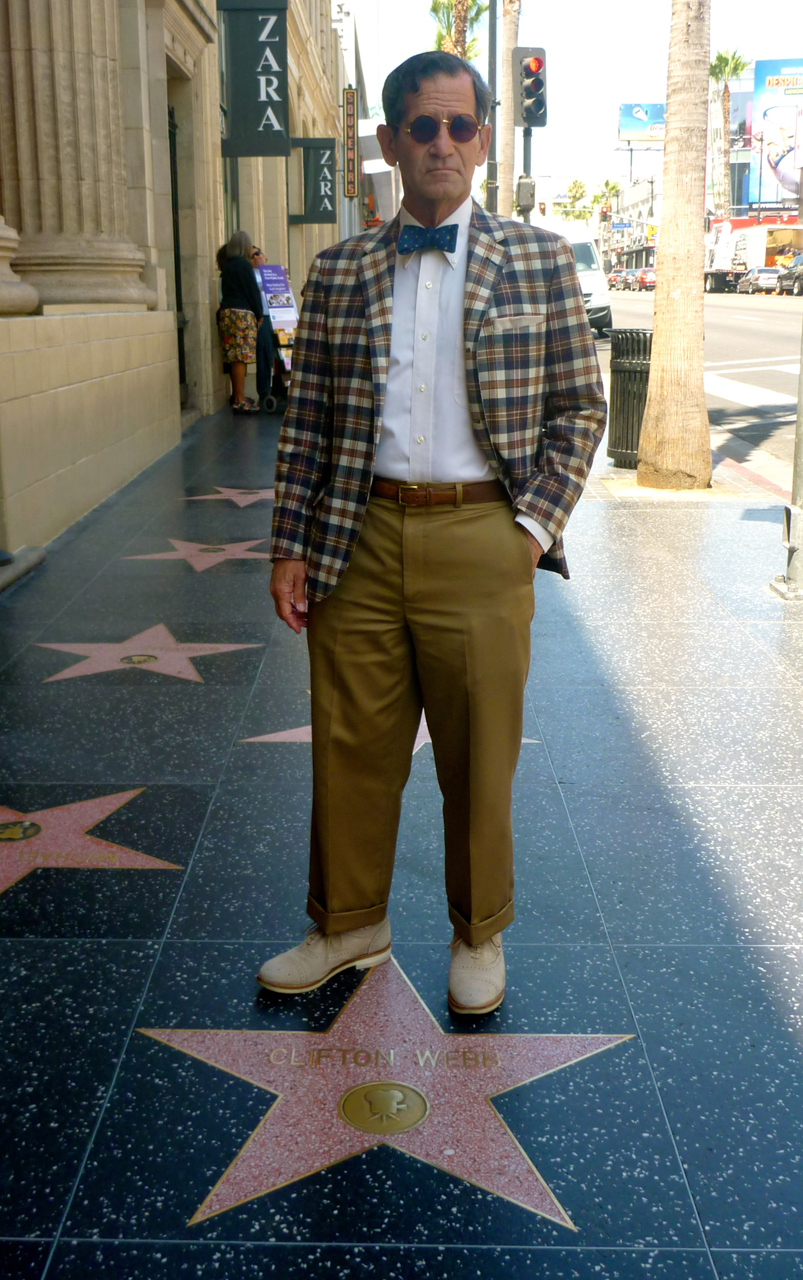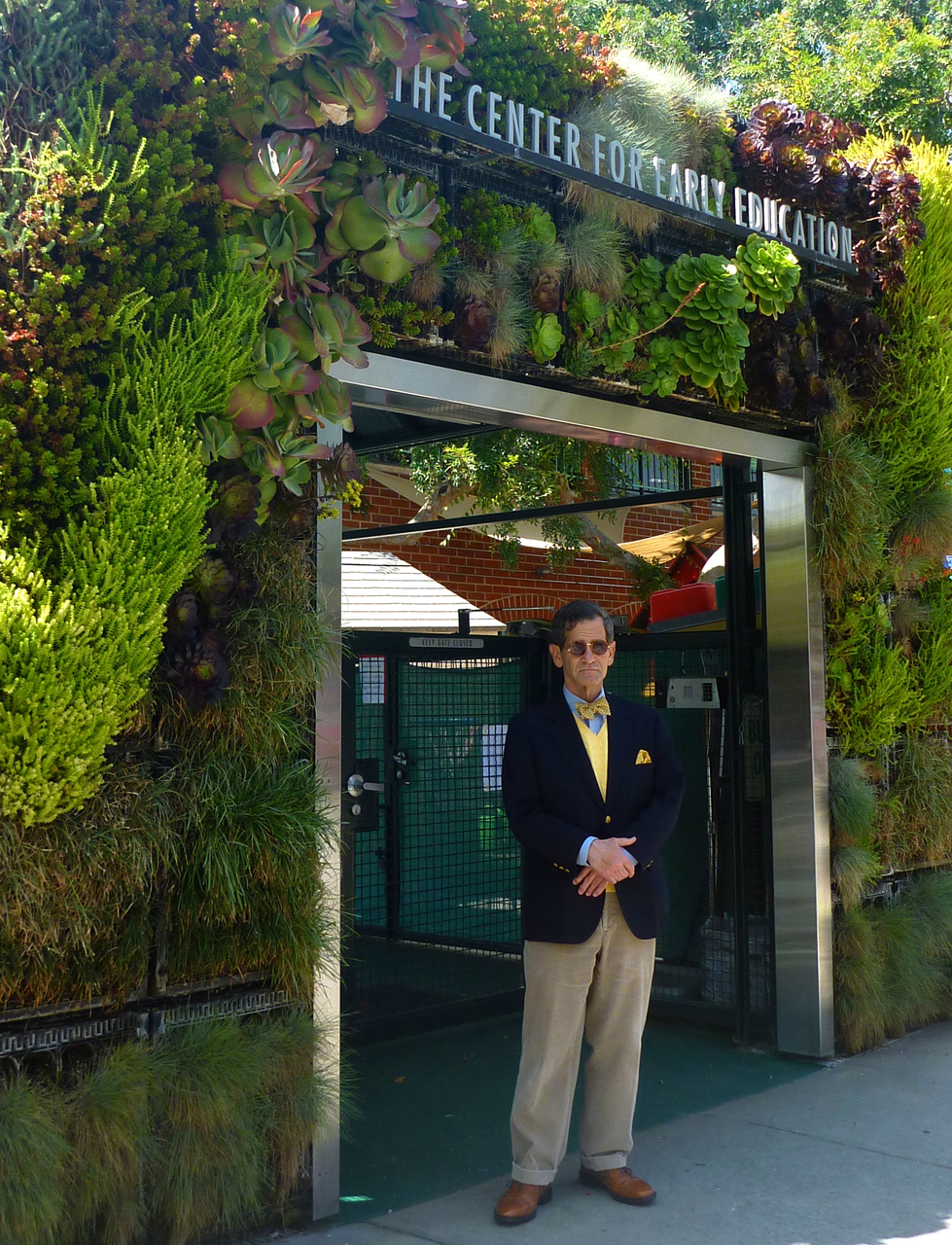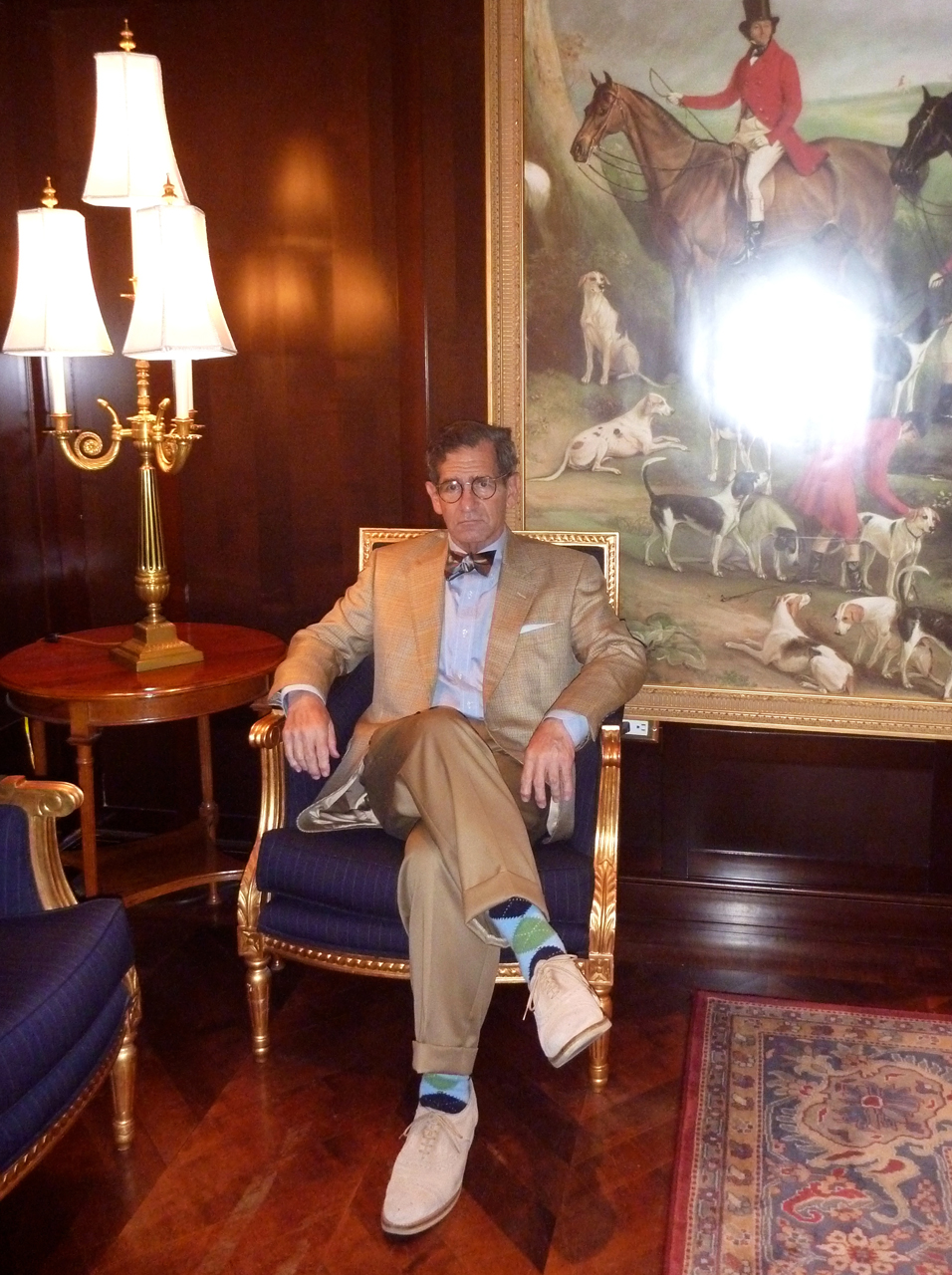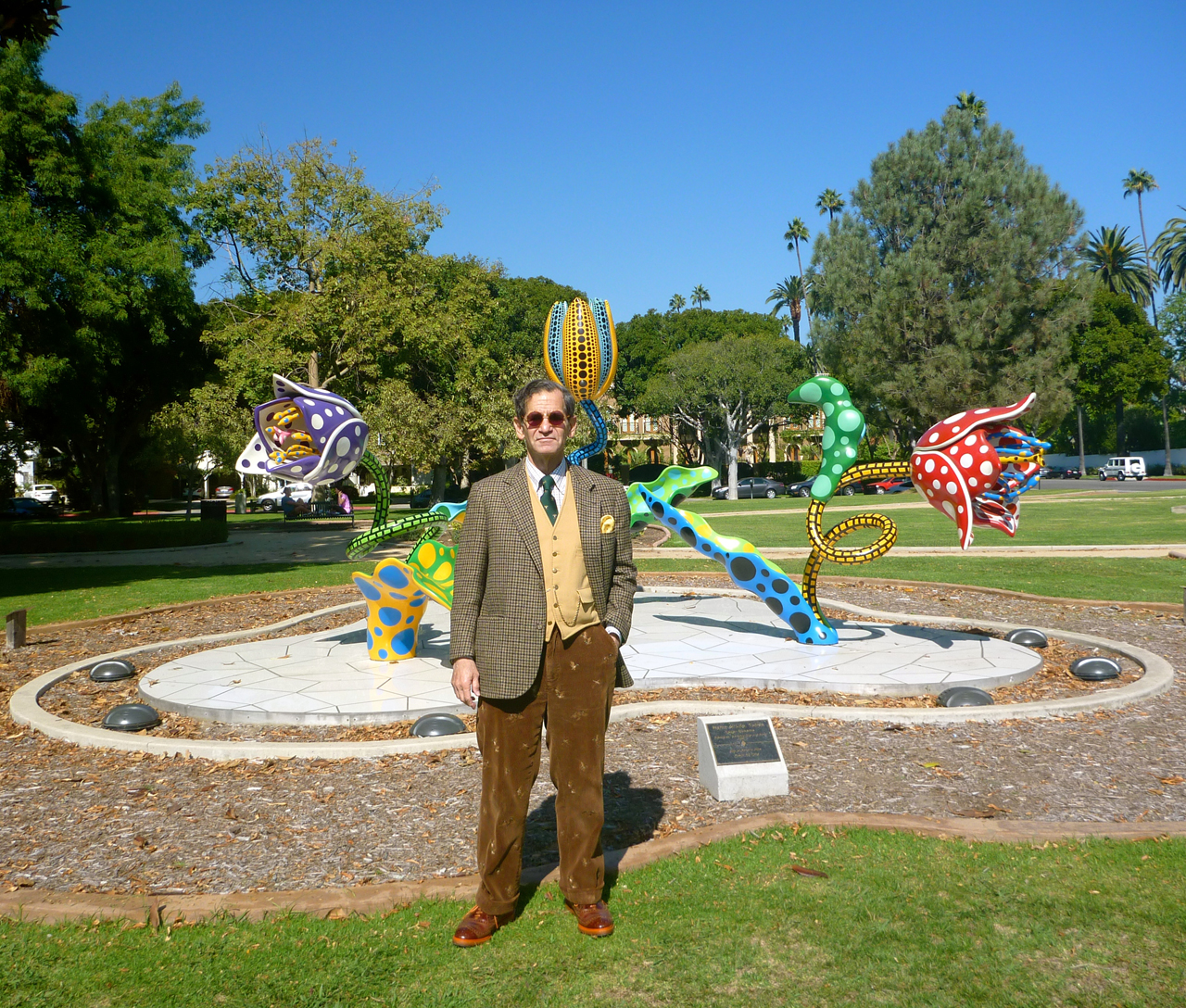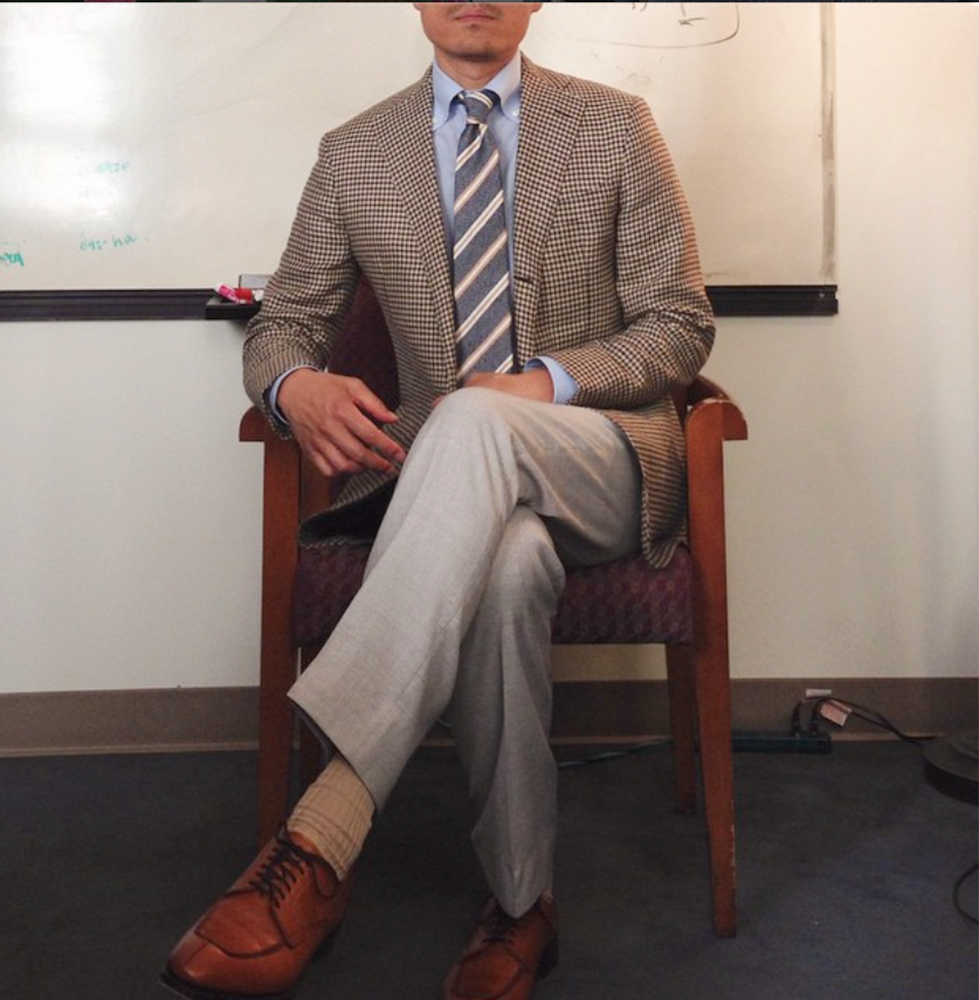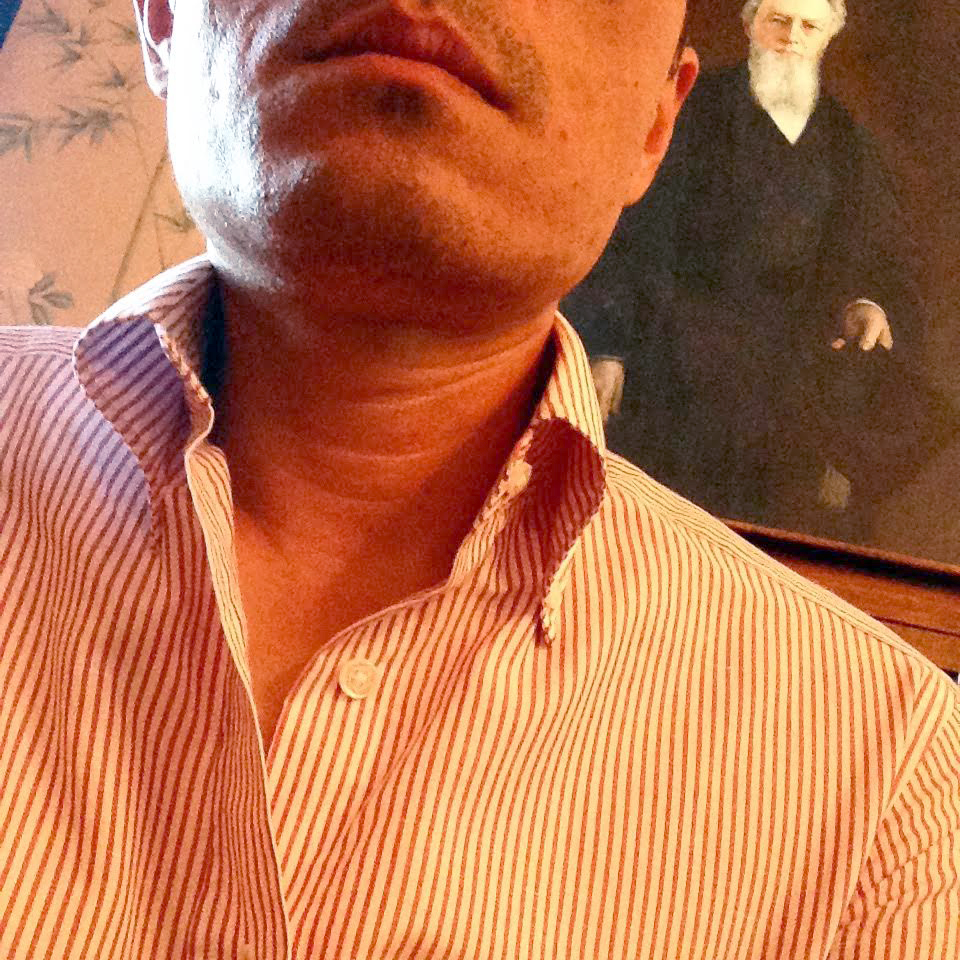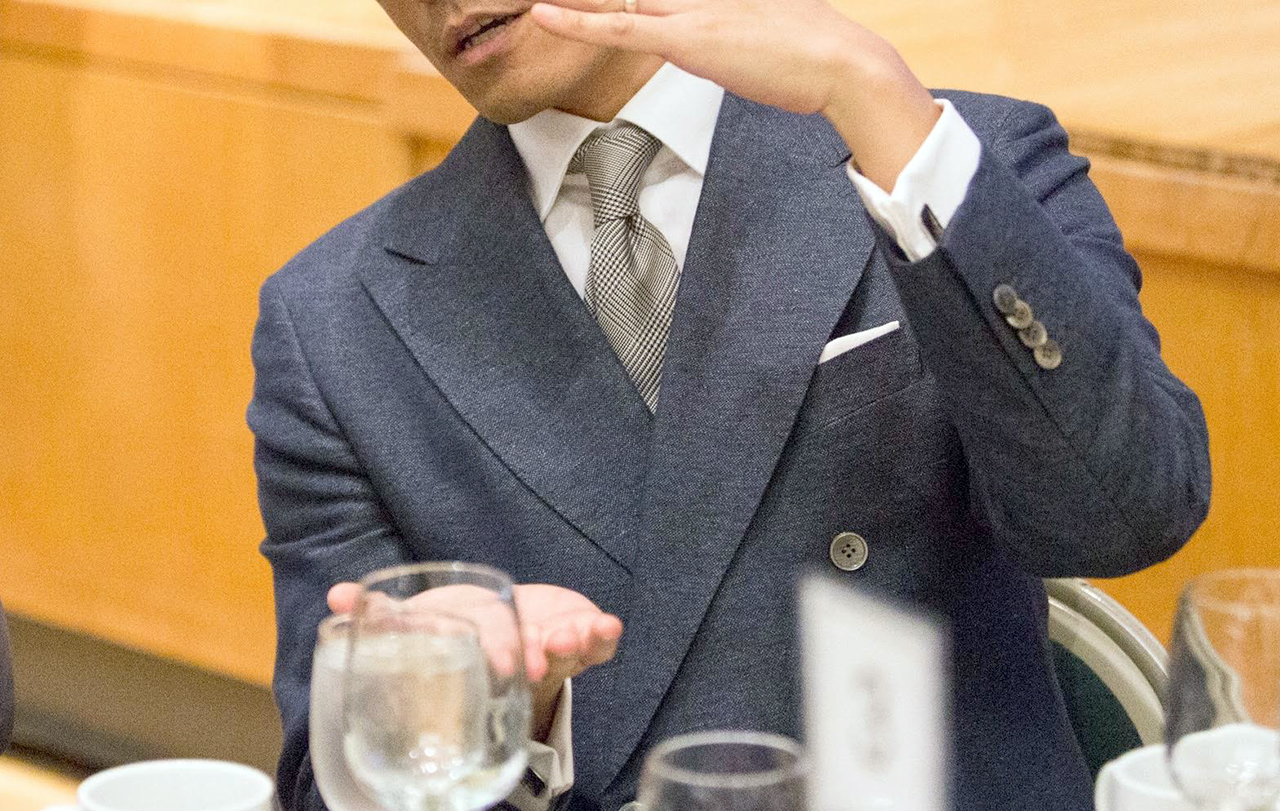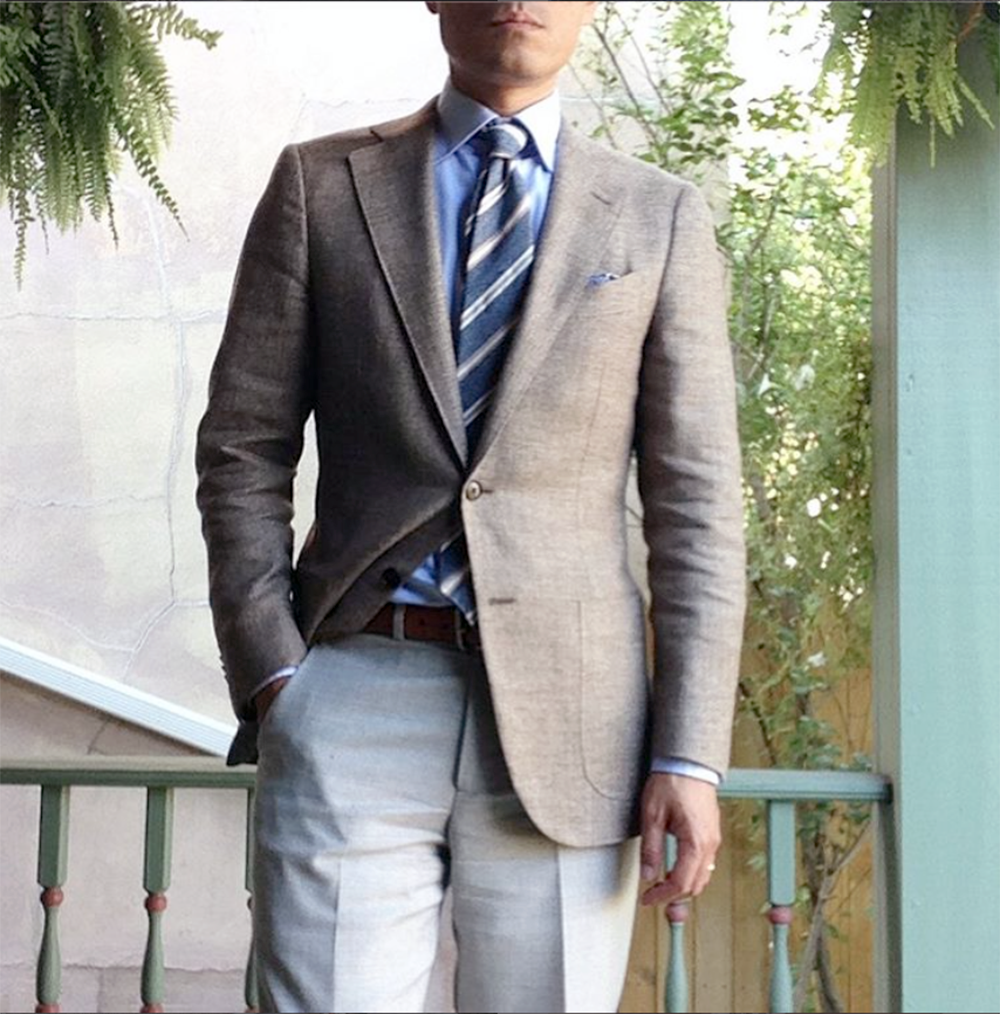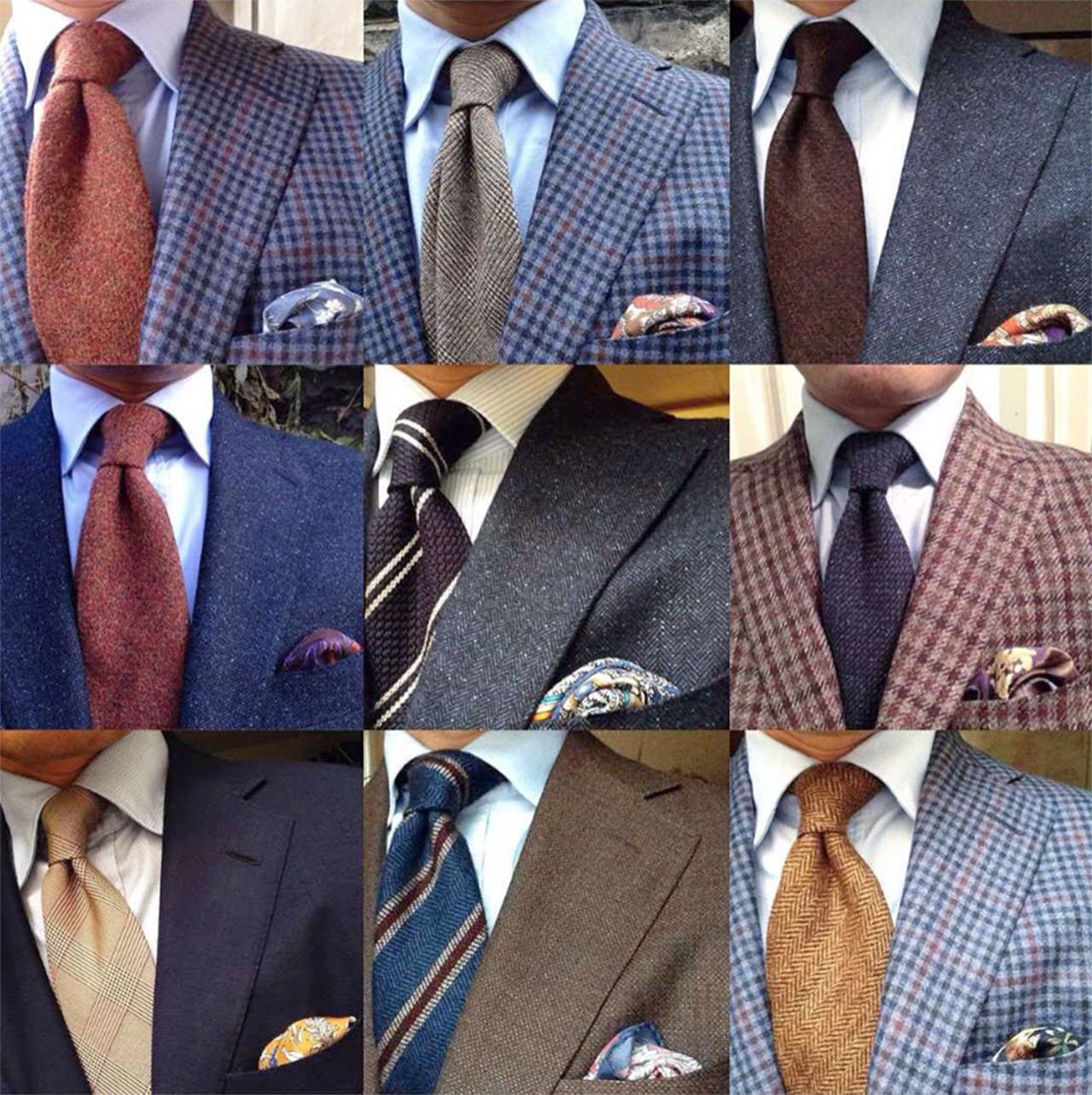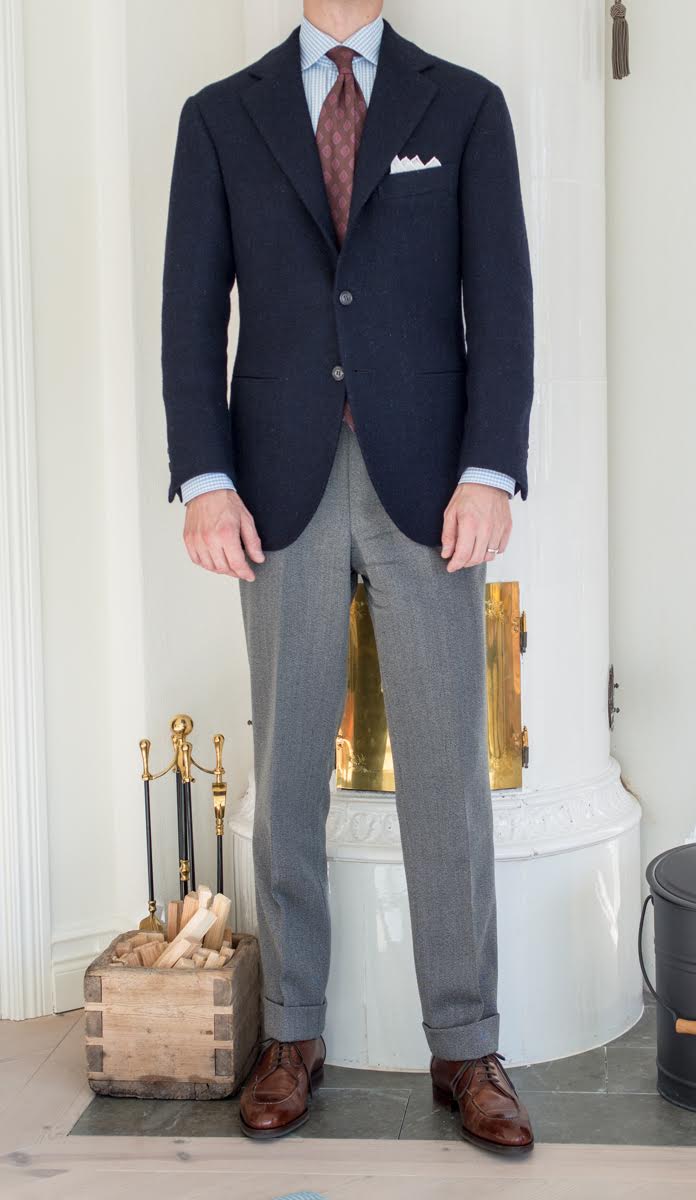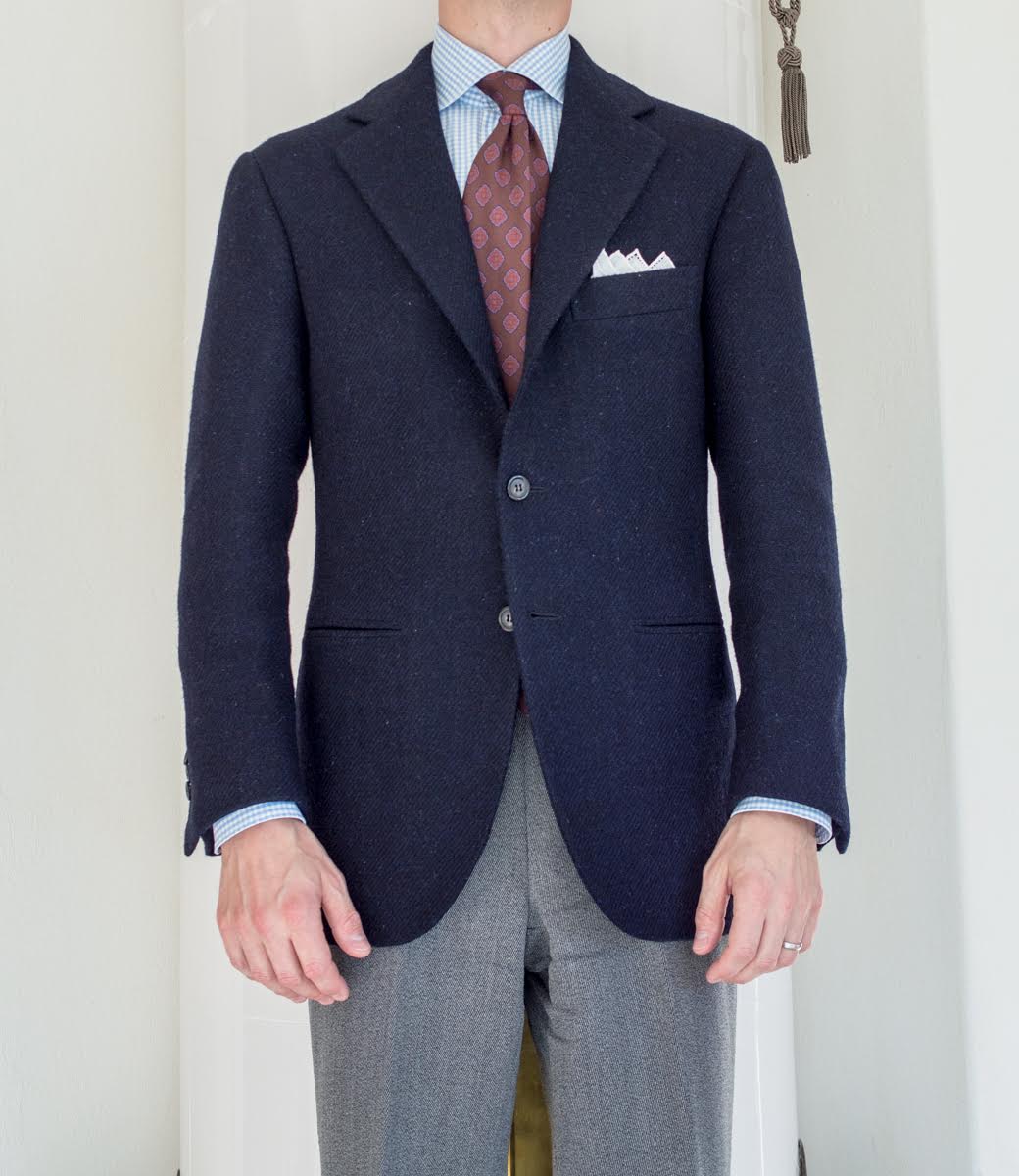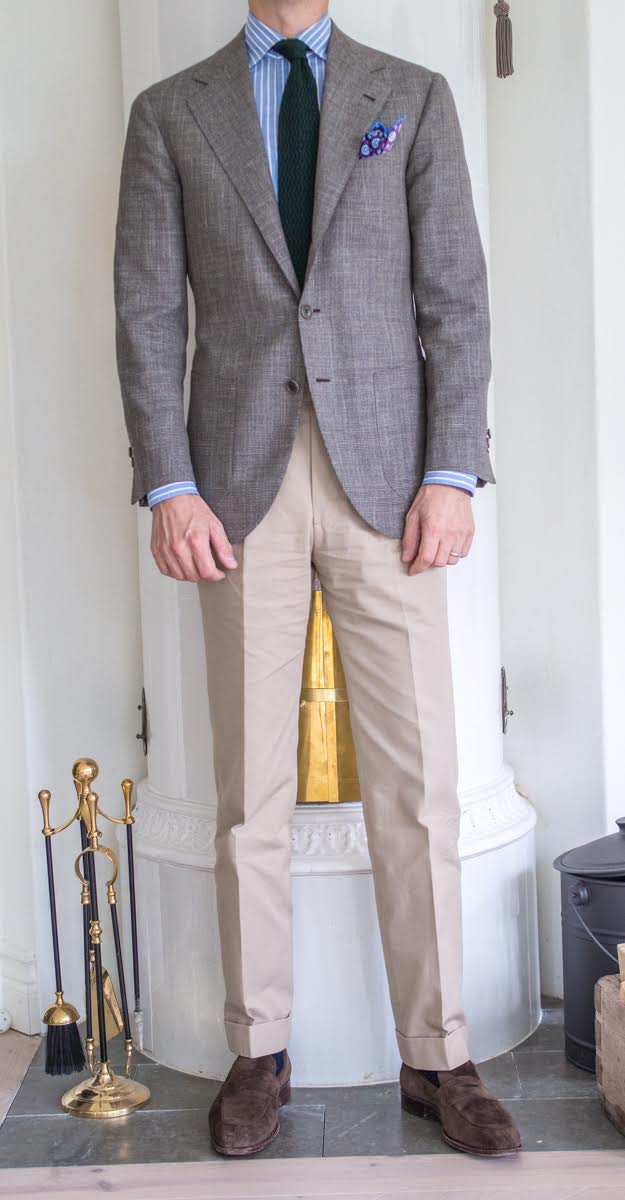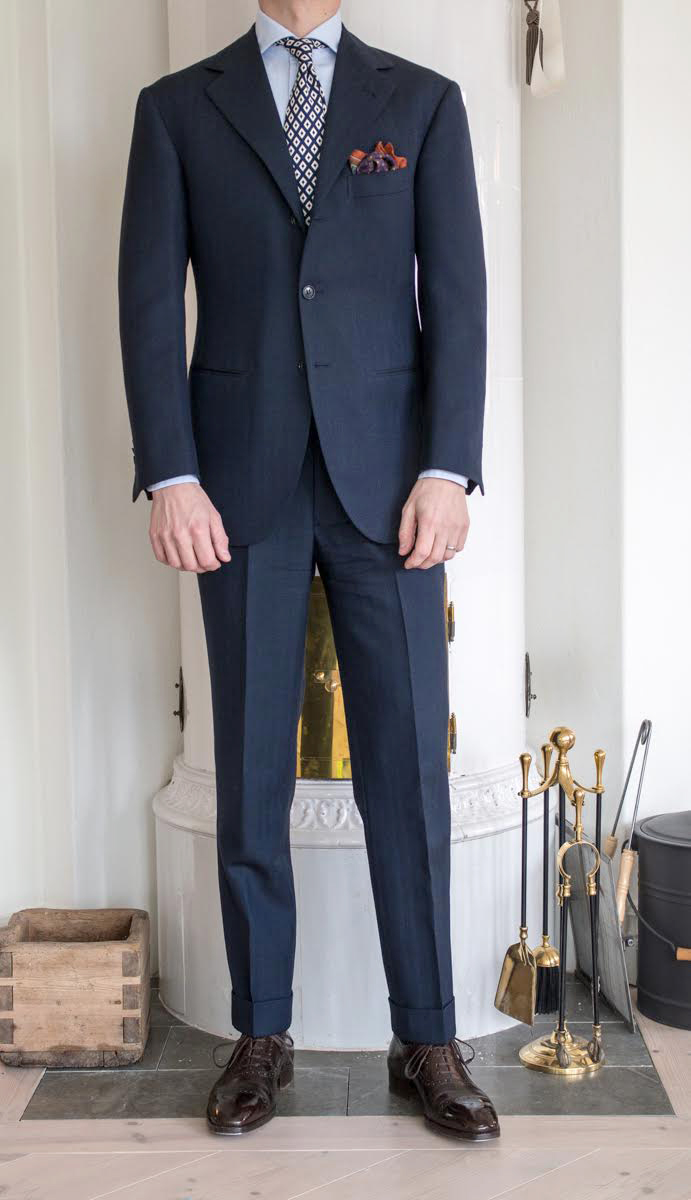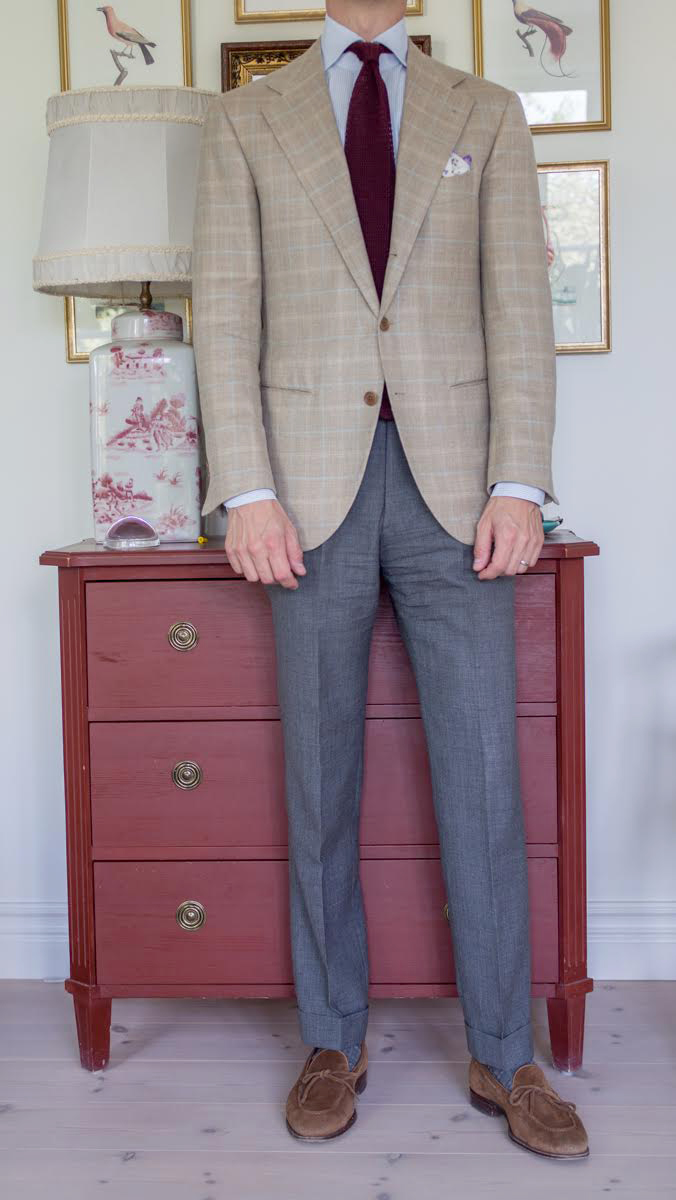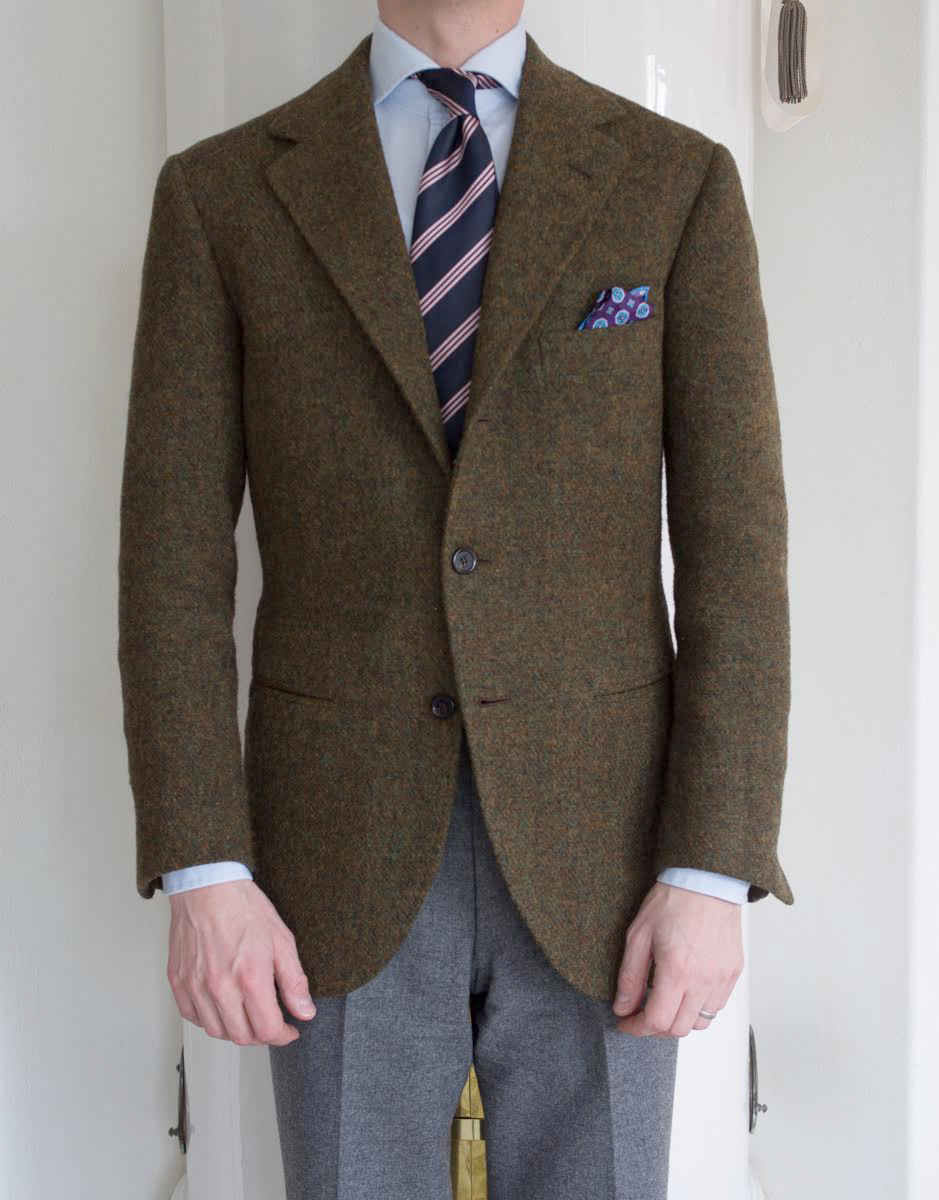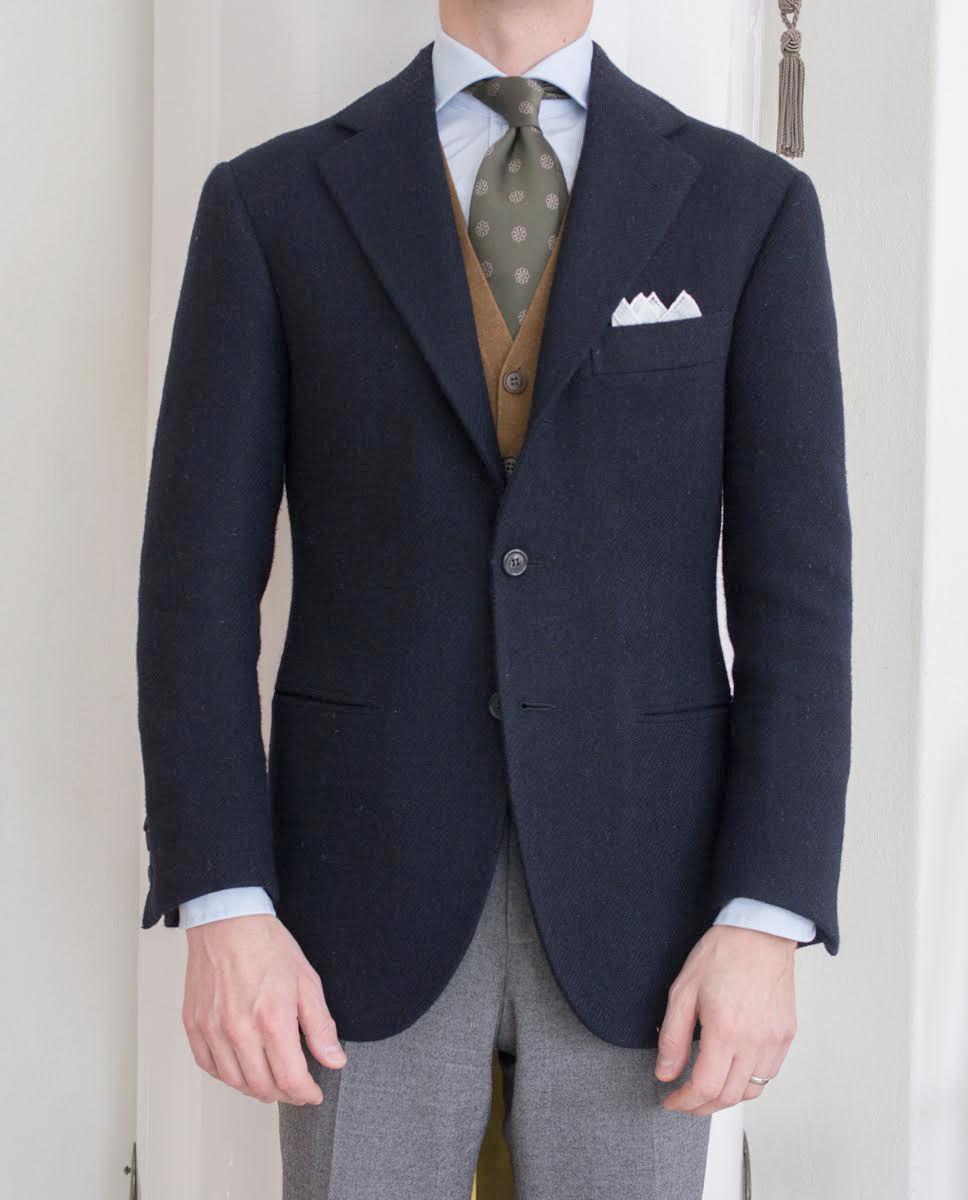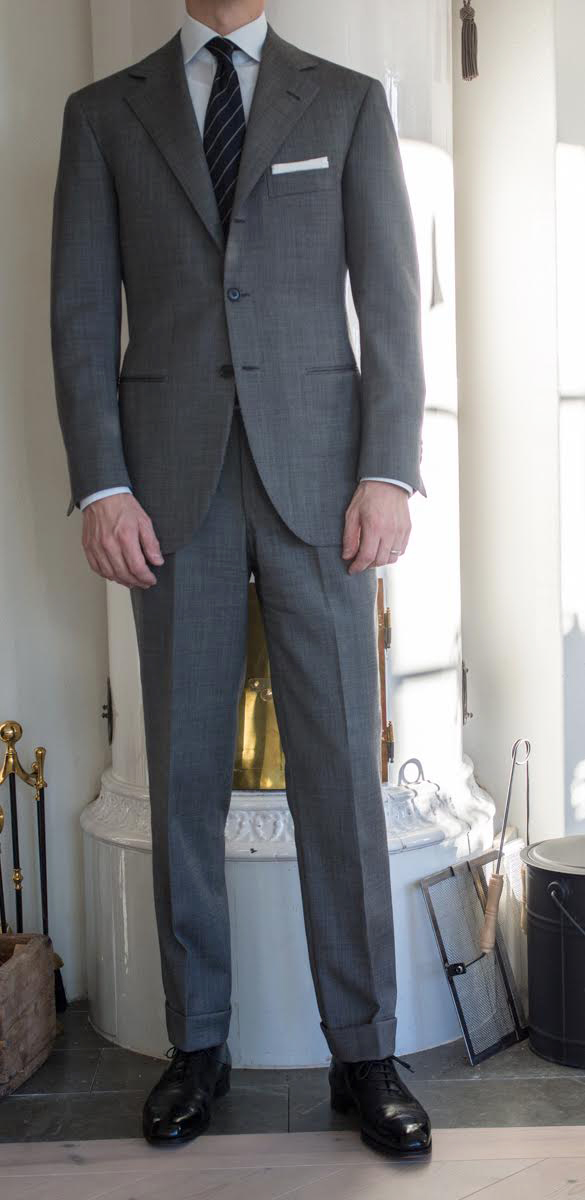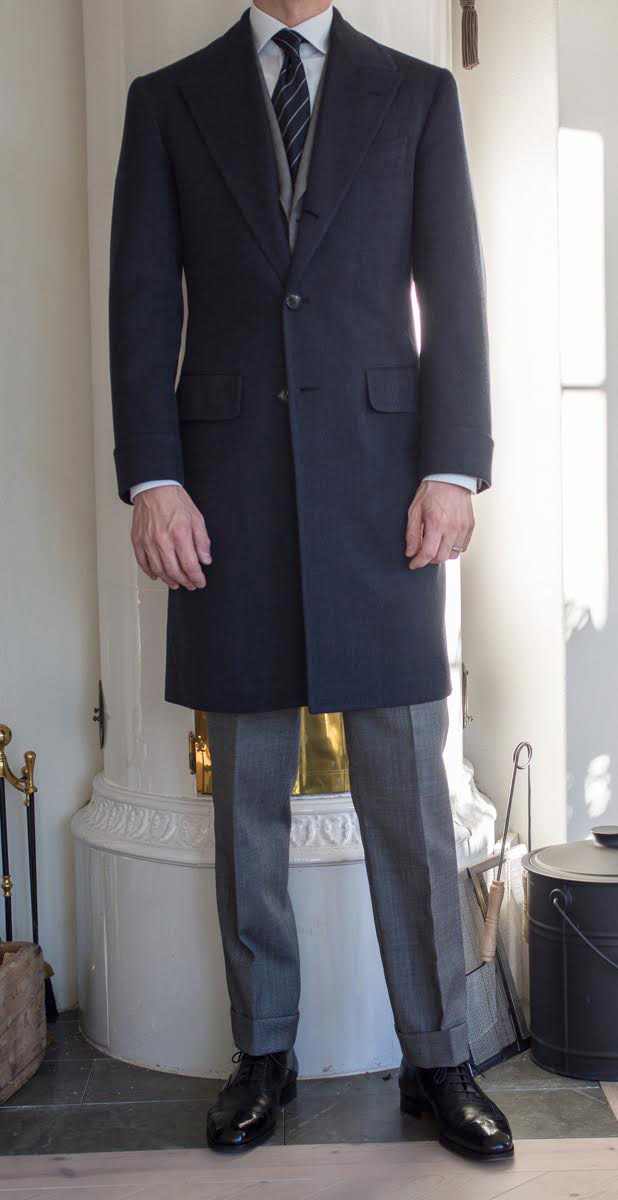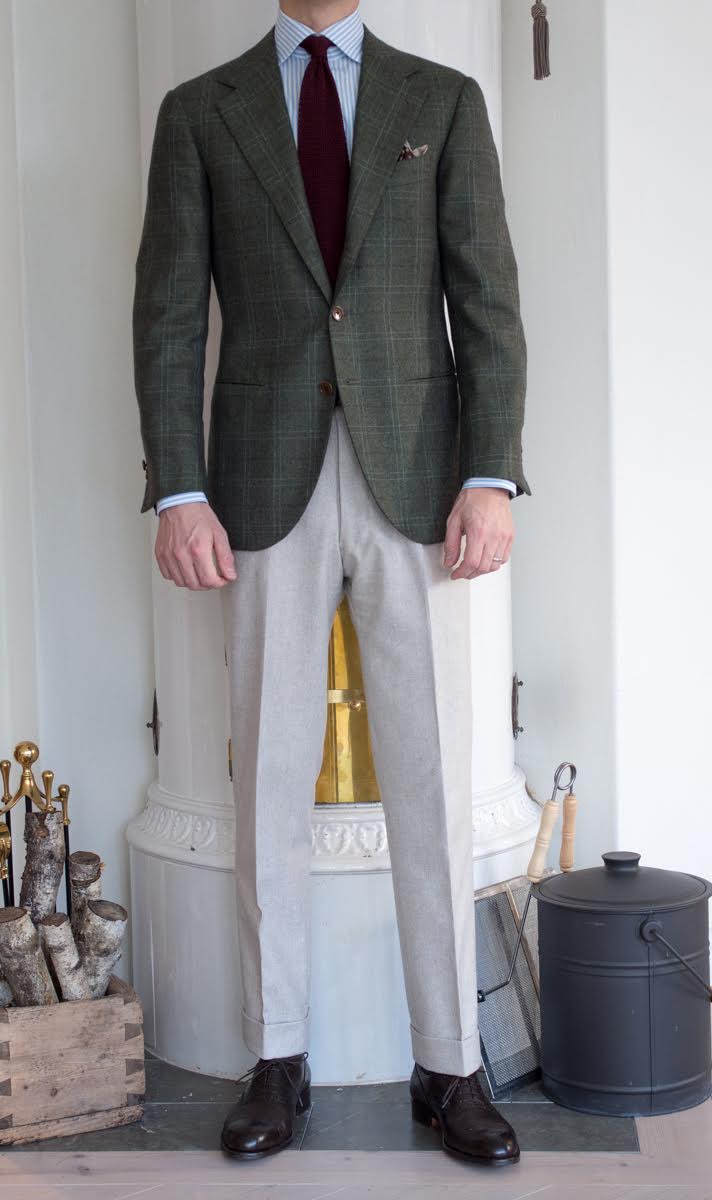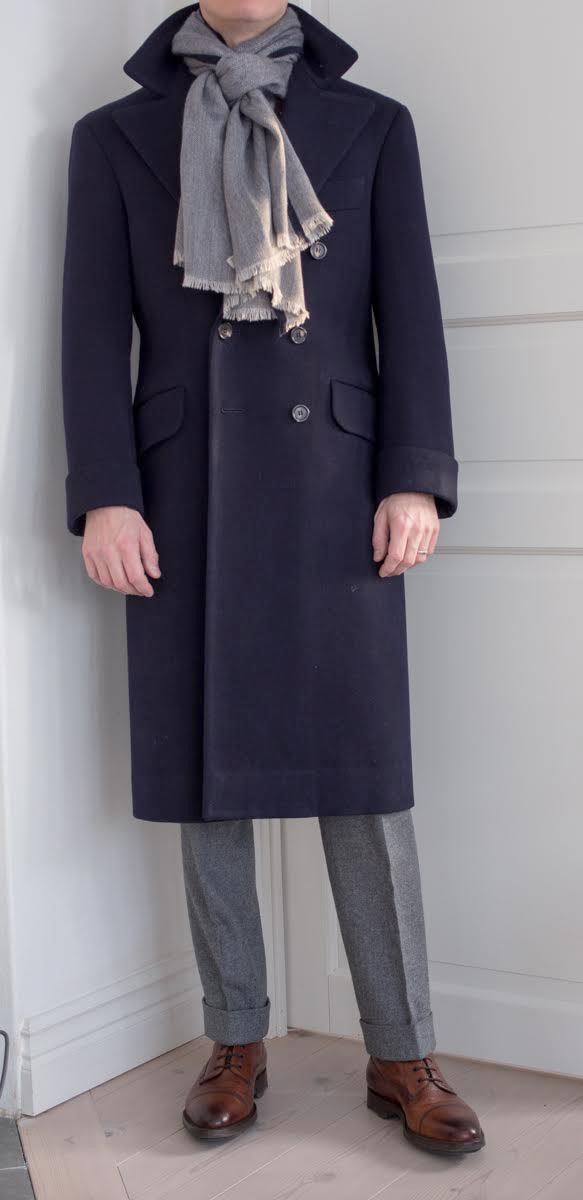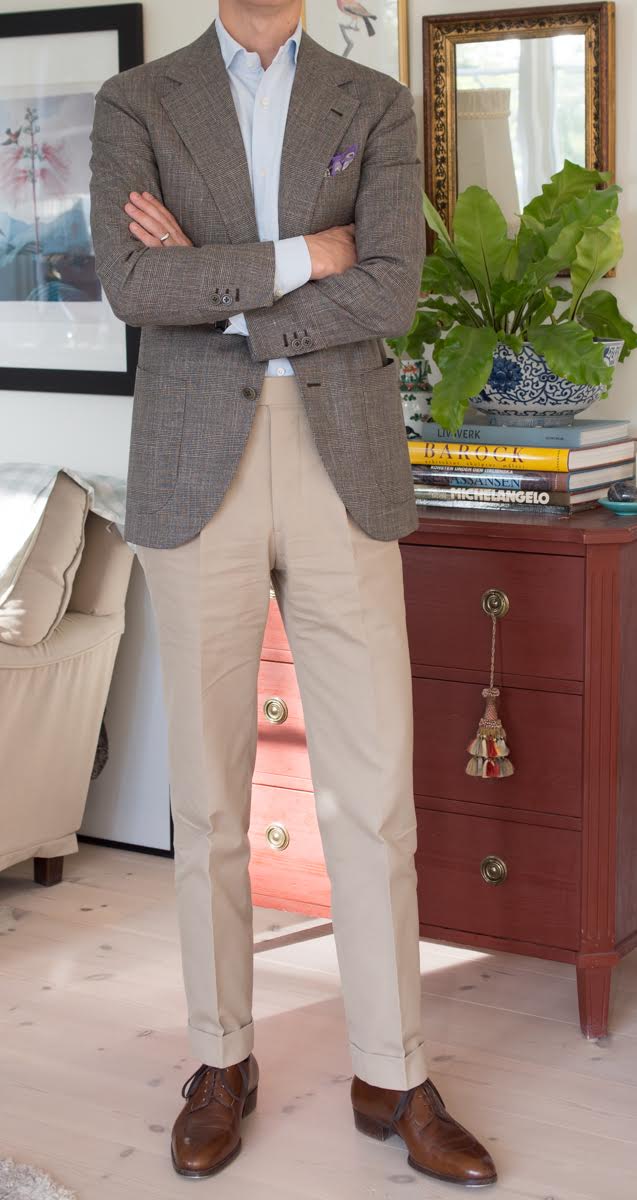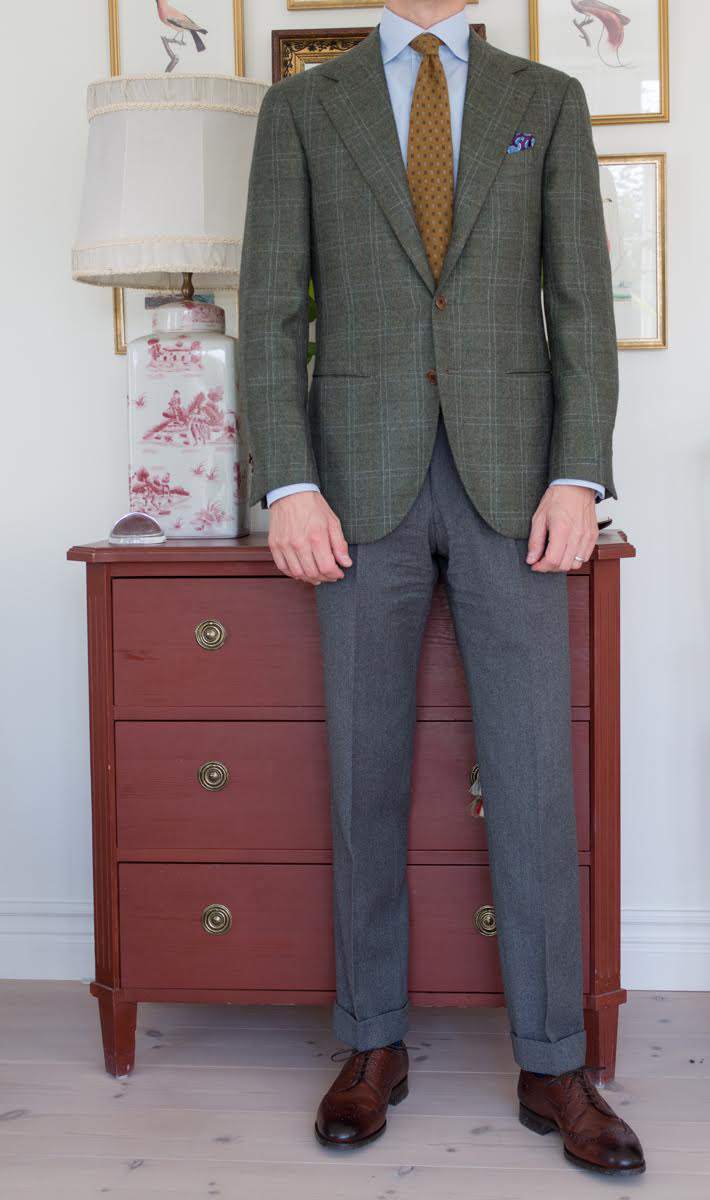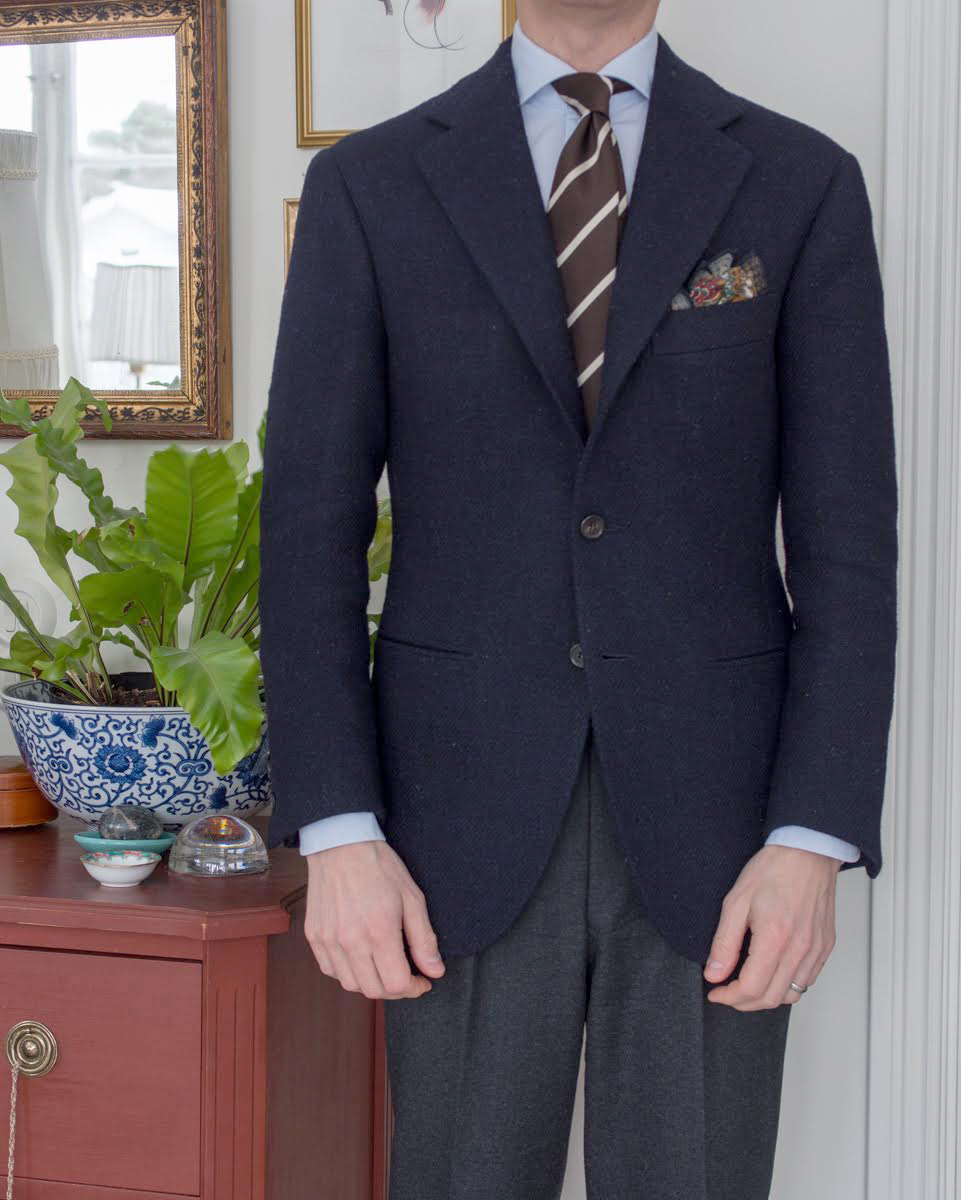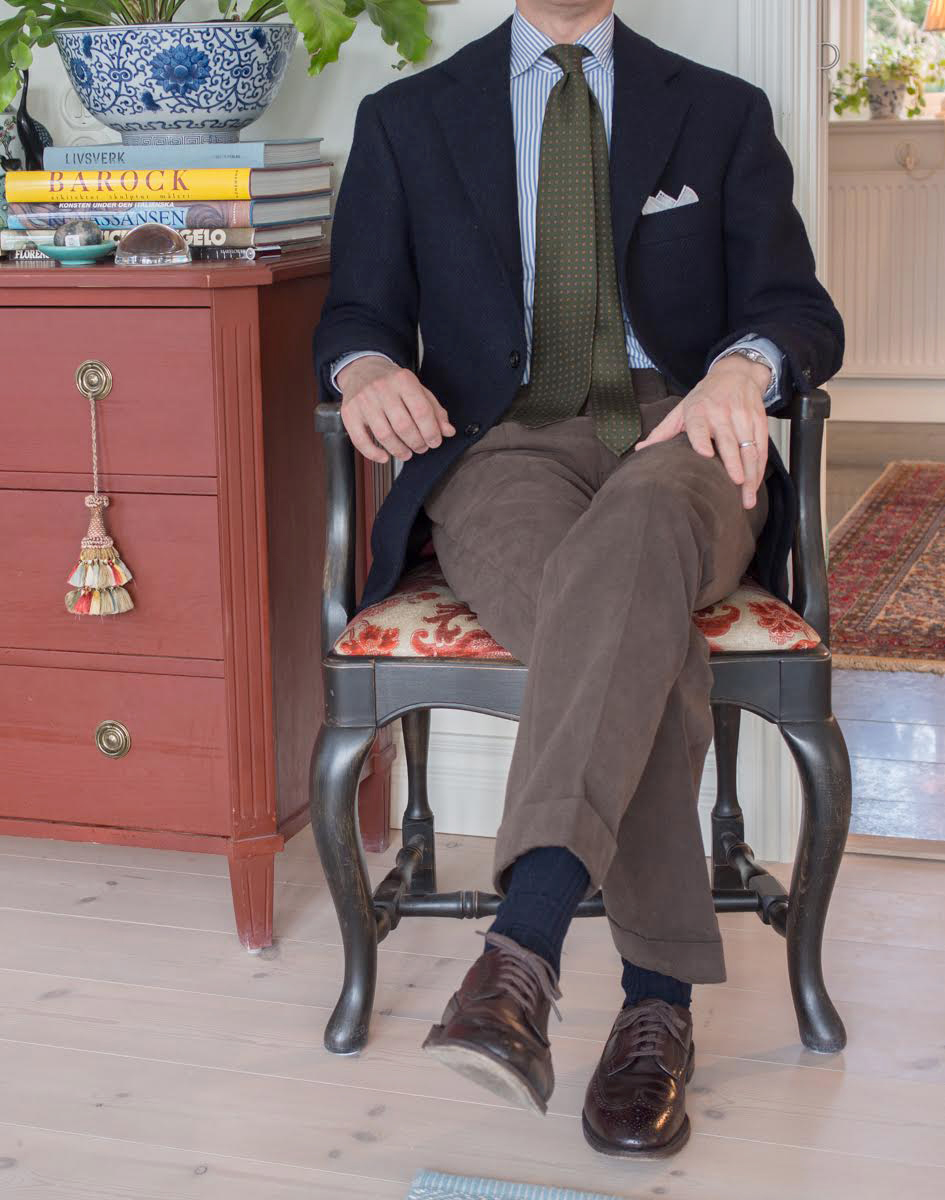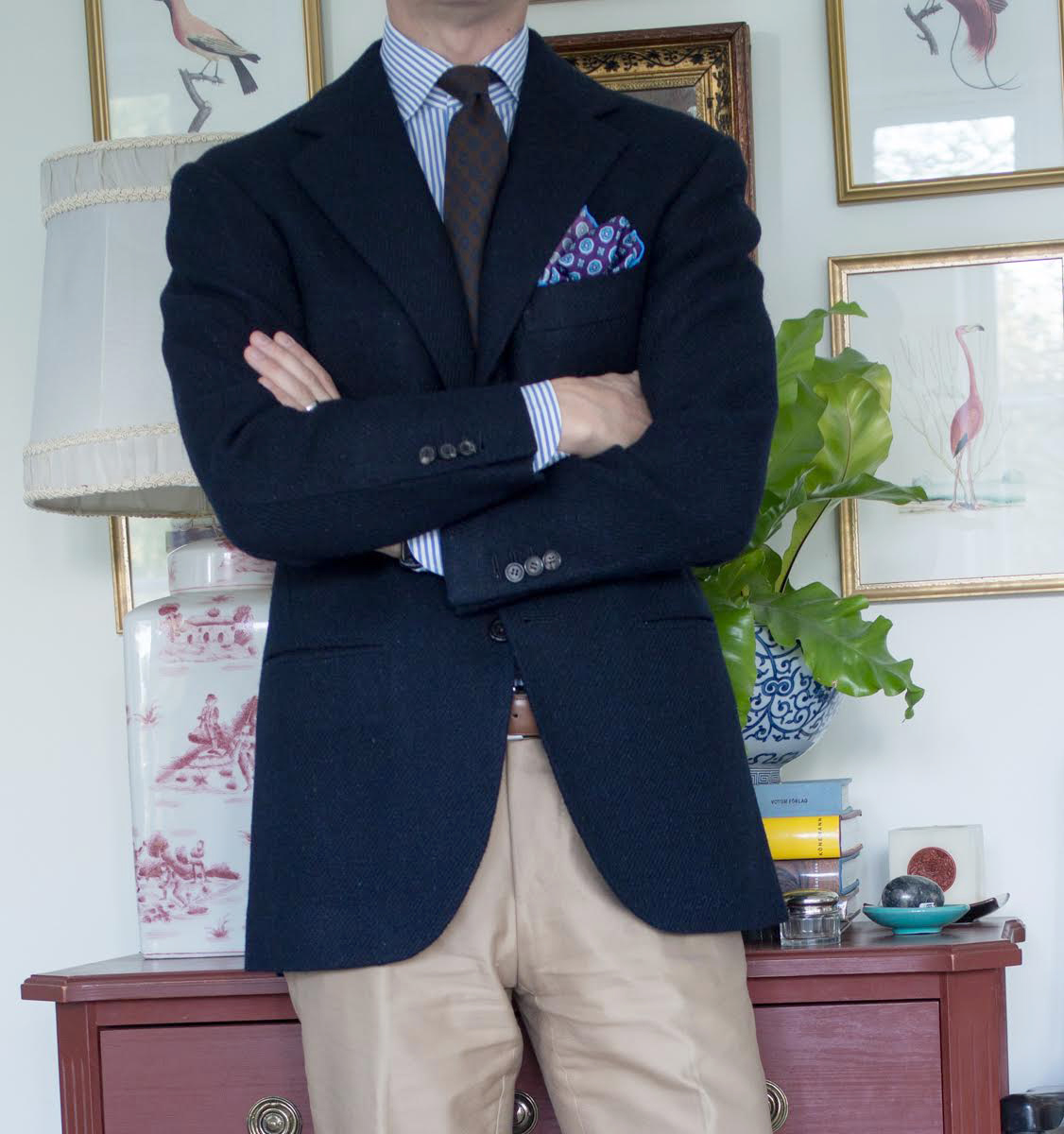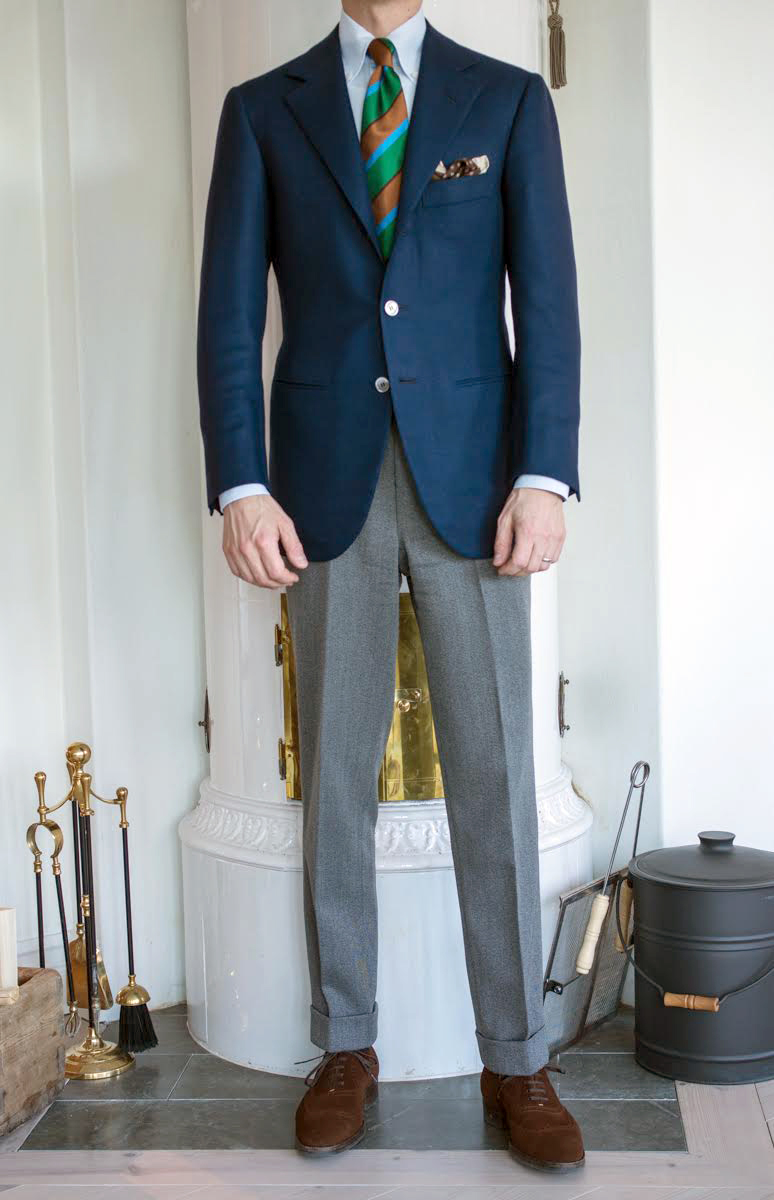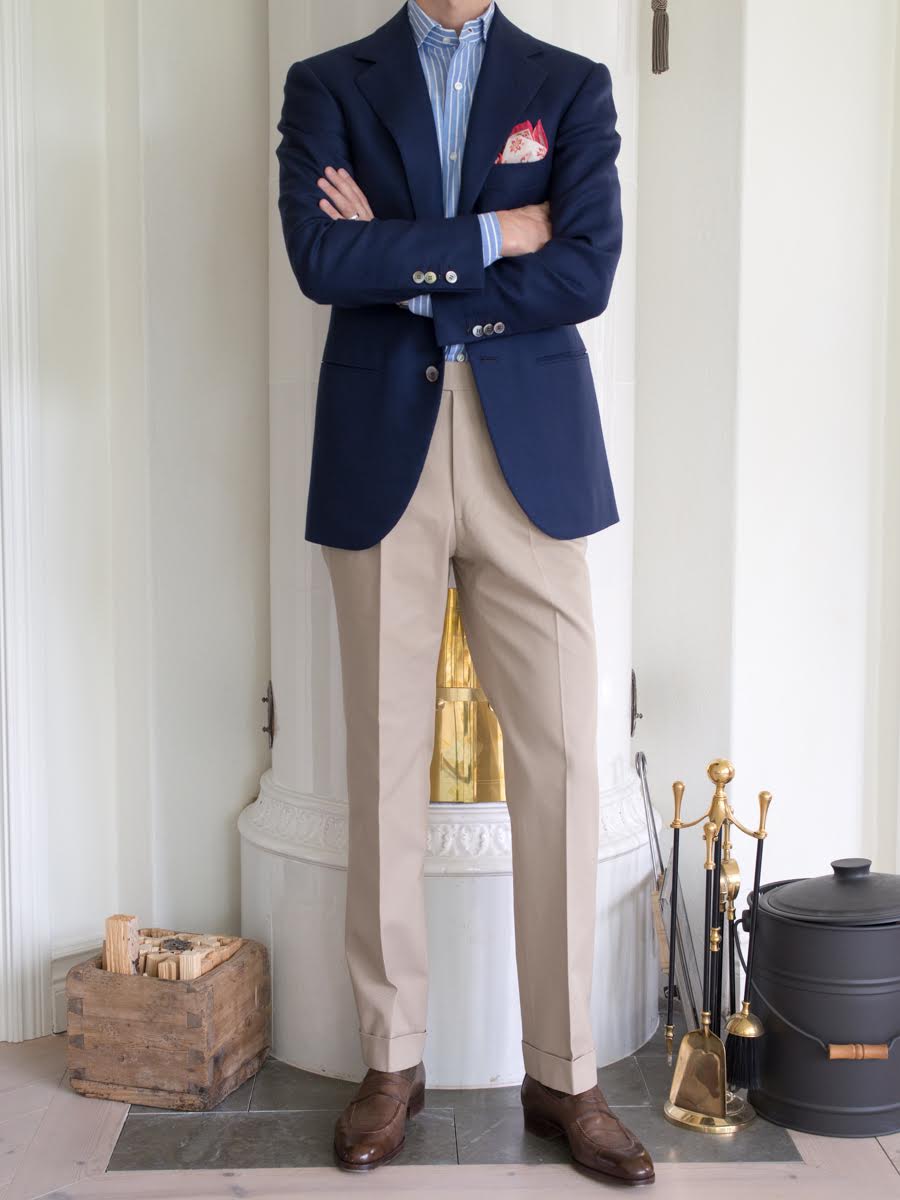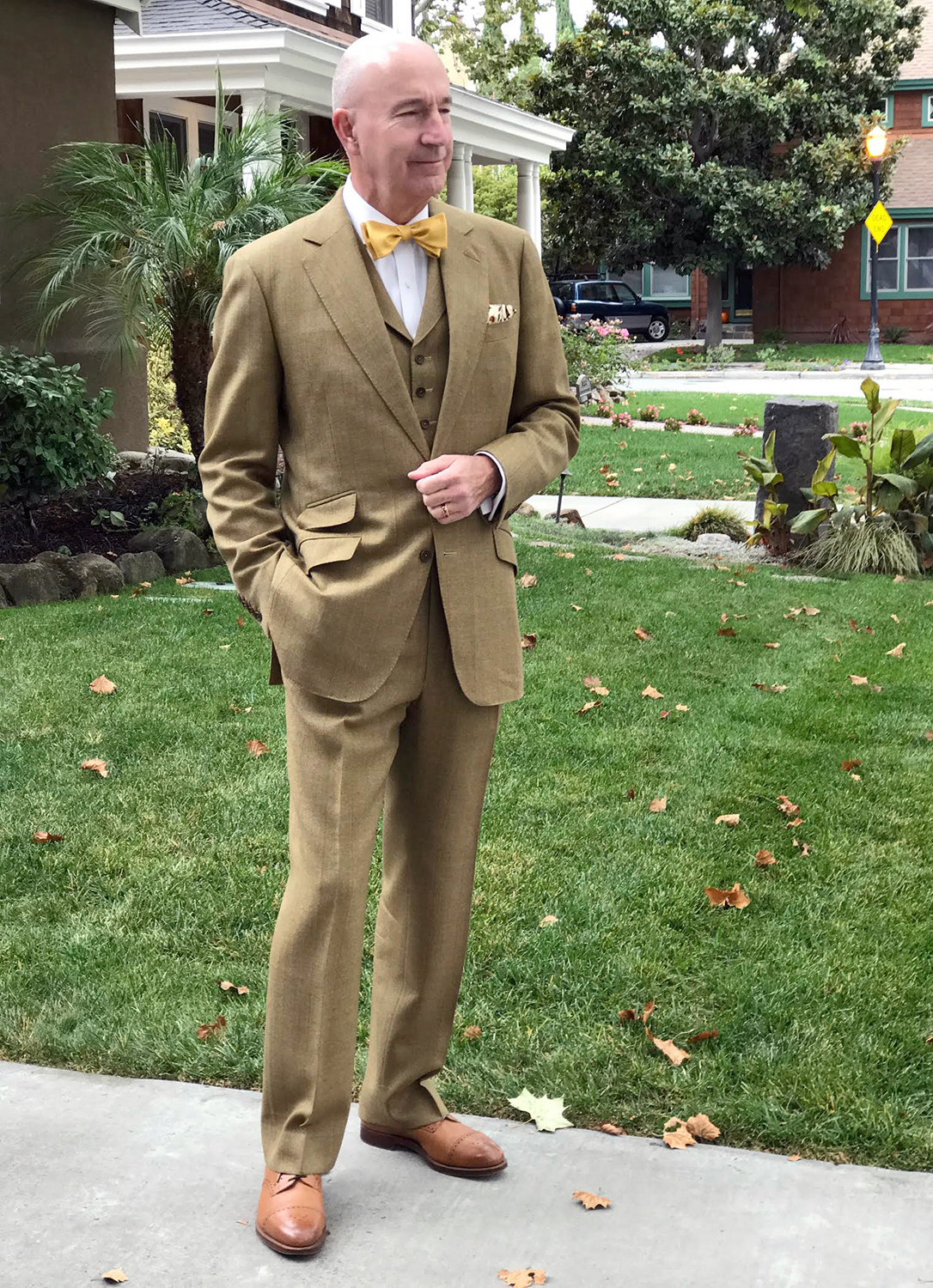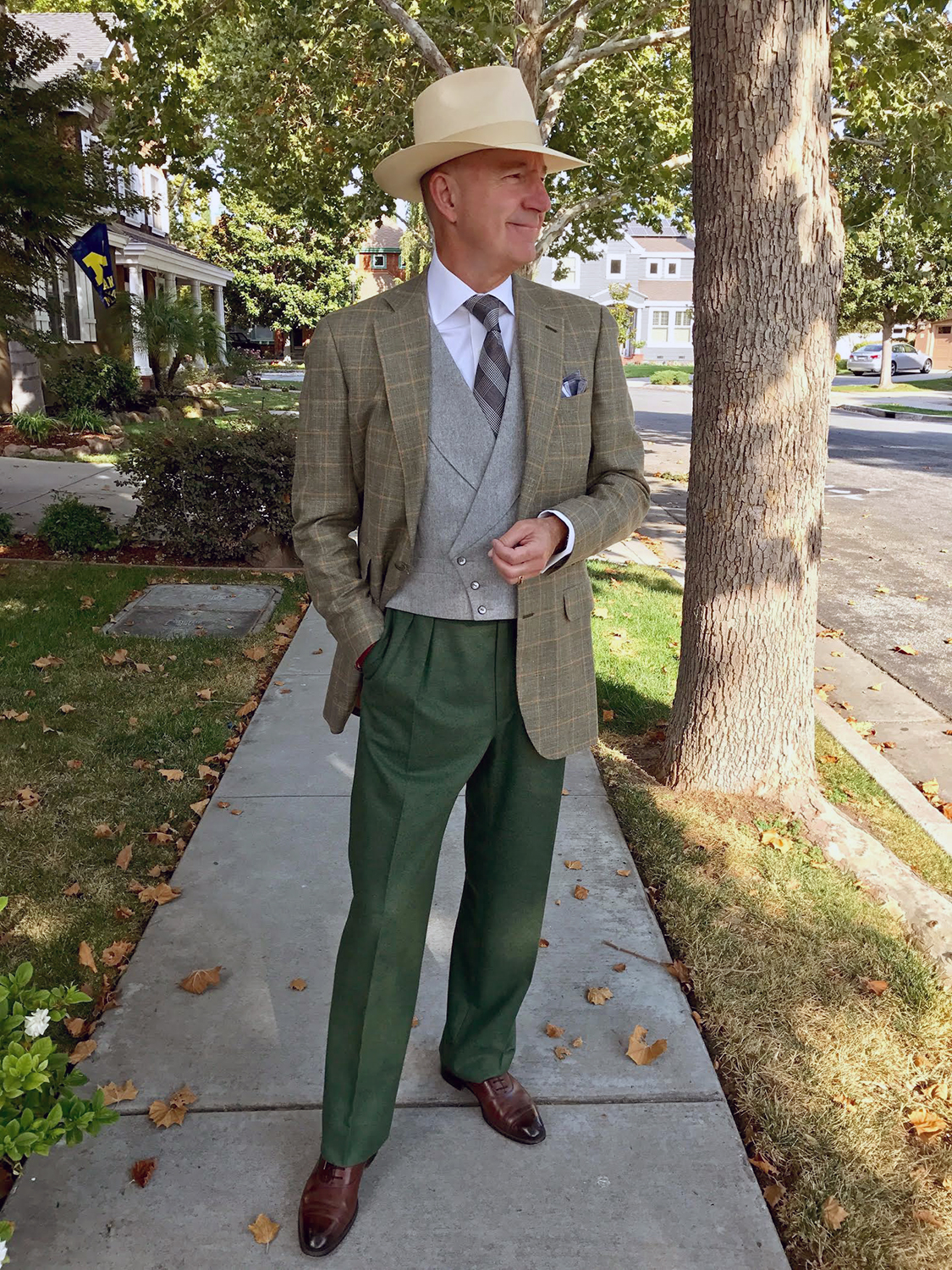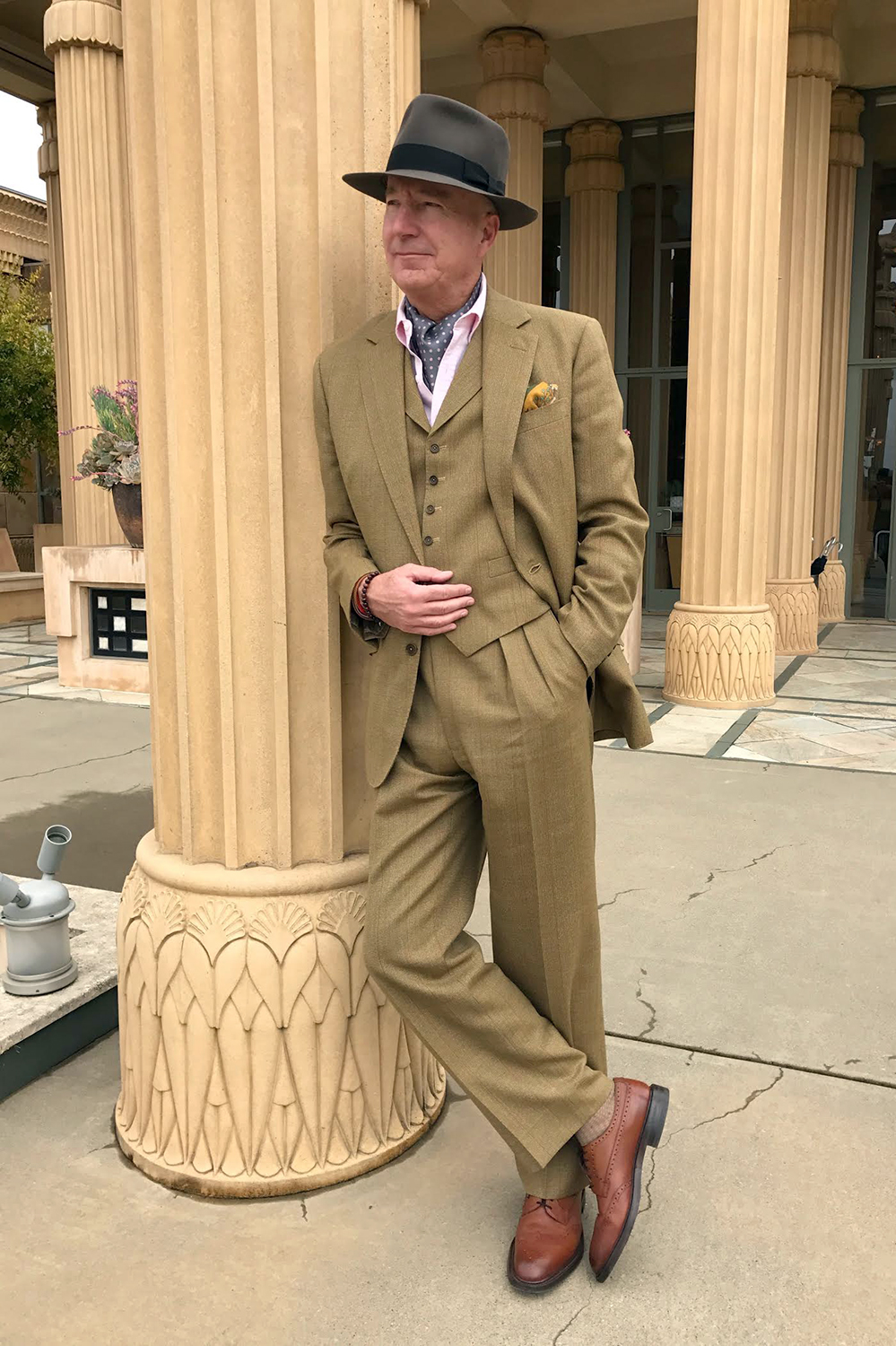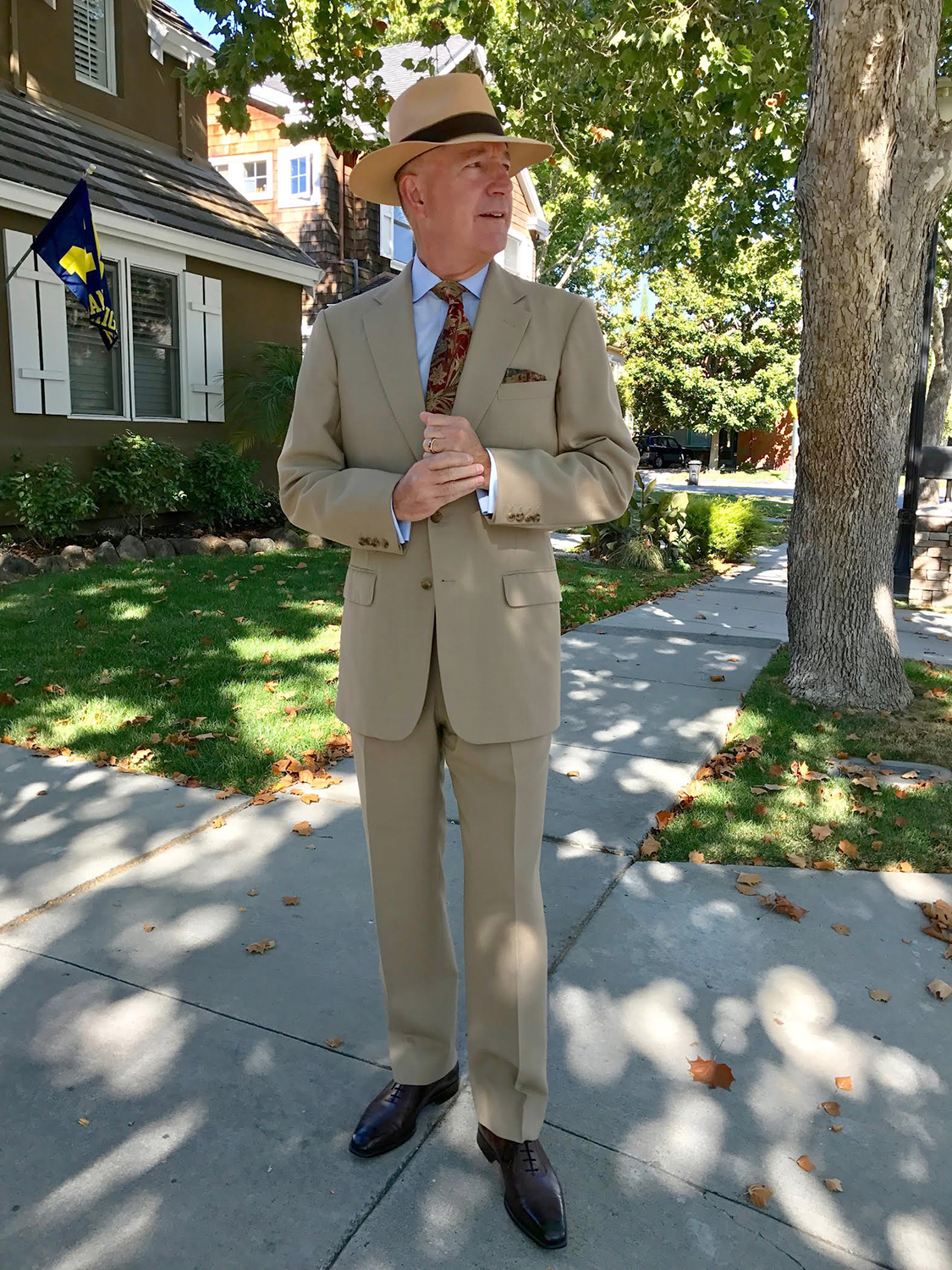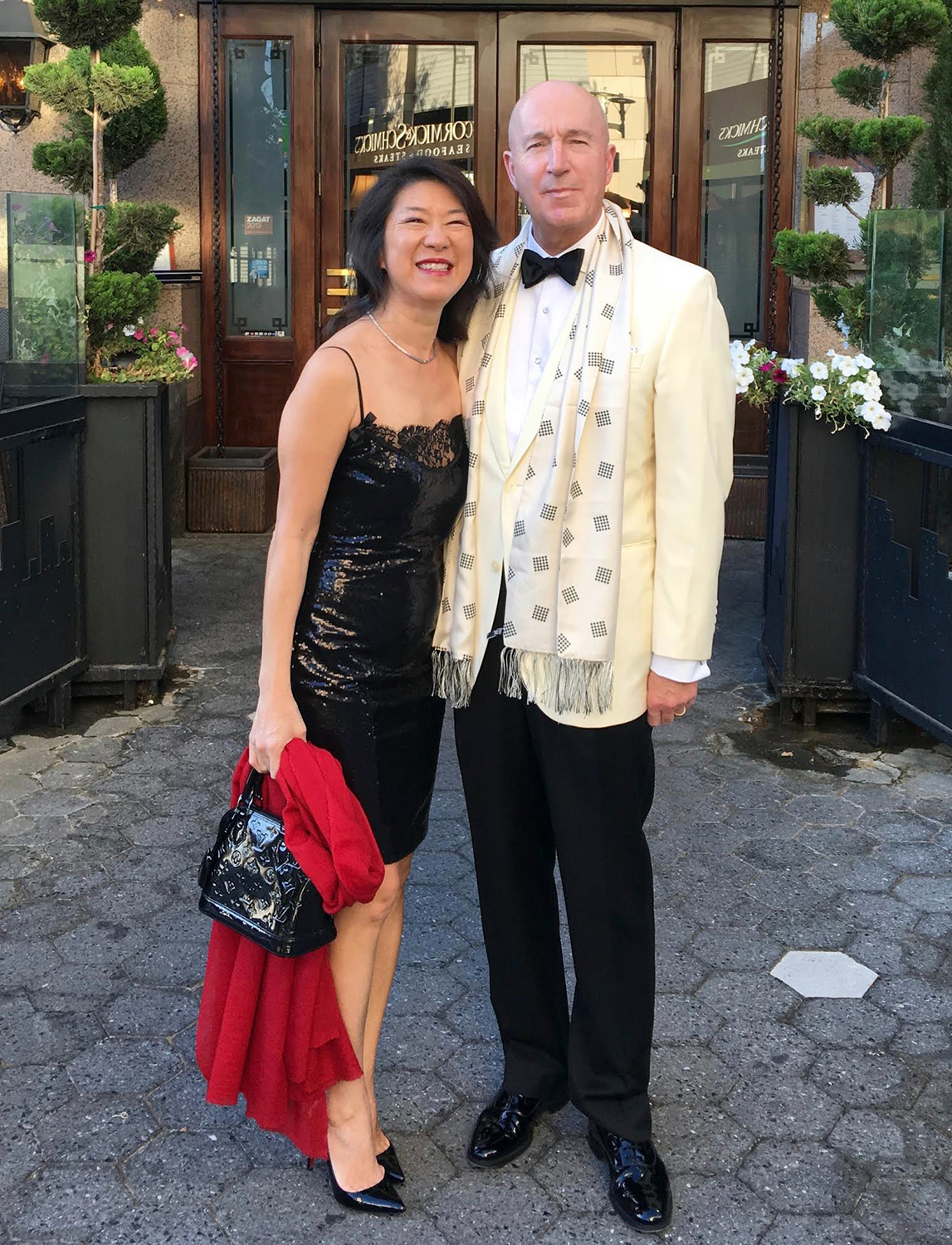Vr: Your age and occupation?
TP: I’m 45. I am a faculty member at a major research university in the US working on the mind and brain from a theoretical perspective.
Vr: Your educational background?
TP: I studied chemistry and biology as an undergraduate, and have a master’s degree and PhD from the University of California, Berkeley.
![Interview with %22TweedyProf%22_at_Keikari_dot_com]()
VR: Have you any children or spouse (and how do they relate to your clothing enthusiasm)?
TP: My family largely tolerates my interest. My wife generally likes that I am well dressed, but she probably thinks I own too many things and obsess about it. My two kids range from being positive (the youngest) to alarm and embarrassment (the teenager).
VR :…and your parents and siblings’ reactions back when you were younger?
TP: I grew up in an evangelical household, so a conservative one. Back in the 80s I aspired to what I suppose now might be called goth: lots of black, Doc Martens, and hair you wouldn’t want to expose to open flames. You can imagine my parent’s reaction. Tailored clothing was something I found much later in life. I’m sure my parents like that aspect of me better now. My younger brother shares some of the same interests though more focused on shoes. He’s recently discovered Vass, but then again, he doesn’t have kids.
VR: What other hobbies or passions do you have besides classic apparel?
TP: I’m a parent!
I try to play classical piano seriously though work and economics have made it difficult to take lessons which I think is essential to keep up one’s technique. I’m also quite fond of traveling, and we’ve lived in Berlin on and off for the past five years, and traveled around Europe quite a bit. There’s just so little time to do as much as one wants.
![Interview with %22TweedyProf%22_at_Keikari_dot_com2]()
VR: How did you first become interested in style, and when did you turn your eyes towards the classics? Why these instead of fashion?
TP: My interest was born about four years ago from a practical problem that many Western faculty members face as university education becomes more like a service industry: How to maintain formality in a informal world?
I mean “formality” as a value, a sense of seriousness and decorum. Formality has an important place in life and certainly in academia. Its loss hinders education.
Here’s an egregious example of what I mean by “the loss of formality”: student emails. I’ve had one too many emails that began with “Hey [first name]” or at one point “Dude, where’s the final?” All propriety had gone to hell—though when tuition is $50,000 a year at many US private universities, that changes how people act.
I won’t expand on why I think this is a problem (hopefully it’s obvious). But how do you respond? I toyed with the idea of going “John Houseman” on my students (from the movie, The Paper Chase), addressing students as “Mr. X” or “Ms. Y” to reintroduce the formality of the student-teacher relation, but that just didn’t feel natural.
Well, then, at least I could look like a proper professor. In that context, “classic menswear” seemed like the right direction. My Styleforum moniker, “Tweedyprof”, when I joined in 2012 was tongue in cheek since I wasn’t that tweedy. It signaled an aspiration.
For me “fashion,” as I’m understanding it (what’s seen on the runway) would not achieve the effect I wanted, to reinforce the seriousness of education, of the classroom context, of having a professor as mentor and not a potential drinking buddy. That said, I do admire those who have a great fashion sense.
VR: How have you gathered your knowledge of the tailored look — from books, talks with salesmen or somewhere else?
TP: The beauty of a coat and tie is that it is both liberating and principled. Liberating in its uniformity (It’s a uniform!). But it’s constrained and organized by articulable principles and that’s what I enjoy about proper dress. You have to learn these principles, but once you do, a lot of freedom opens up.
Learning the basic principles isn’t hard. It isn’t rocket science. But it does require an eye for detail, a willingness to think a bit, and good mentors. I tried reading a few books but they didn’t do so much for me and I don’t think I ever finished one. I’ve never read Flusser’s Dressing the Man, what everyone suggests as a starting place. I’m sure it’s useful.
I learned a lot initially from Put this On, but most of what I’ve learned has been through interactions at Styleforum and I think when you are starting out in the English speaking world, it is a great resource. For me, it began with lurking, then posting a few pictures of a MTM shirt and MTM jacket I had done, getting some initial feedback that helped me learn where to look and what to look for. After that, really just following certain threads and observing “fits” from certain members, how they put together a look.
Lots of people influenced me and I can’t name them all so I hope I will be forgiven for omitting many teachers and Forum friends. I have to say, I was and continue to be greatly inspired by the Scandinavian contingent who consistently hit the highs (e.g. members EFV and Pingson, another academic who posts no more, alas, but can be found on Tumblr).
Manton’s good taste thread was often a revelation in the early pages and watching In Stitches progress was eye opening (you should see his early entries in that thread and contrast those with the pictures you’ve posted of him here, a transition that took no more than a year). The thread chronicling Gazman and MaoMao’s bespoke Italian adventures was intimidating and inspiring.
On the side, I’ve talked with Mr. Six, Claghorn, Cezinho, Sprout2 and Sacafotos among others about aspects of tailoring, especially ties. In NYC, I’ve run into folks like Greg Lellouche and Mike Kuhle who have been generous with their time and chatted with me. I also started the Classic Menswear Lounge thread where I hoped to generate more theoretical discussion, though the thread is quiet now that I don’t frequent Styleforum as much. Many of the participants in that thread were important in refining my sense of classic menswear. I’m sure I’m forgetting many people (apologies again).
![Interview with %22TweedyProf%22_at_Keikari_dot_com3]()
VR: Have you any particular style or cut philosophy behind your own clothing?
TP: The most basic things is fit. One has to learn how things should properly fit, on others, but also on the body one has. You can read about fit, I suppose, but learning to see it is crucial. I wouldn’t call it a philosophy or style, but a necessity.
After that: details!
On myself for jackets, I prefer what I suppose might be salient aspects of a Neapolitan cut: broader lapel and more natural shoulder. Alas, I have bumpy shoulders so a soft shoulder is difficult to achieve since I do need some padding to smooth out the bumps. This balance is hard to find in ready to wear jackets though I’ve had good luck with Eidos Napoli.
I don’t wear suits, so having proper odd jacket details is important to me: larger scale patterns and patch pockets. These days, I gravitate more towards the solid end of the spectrum, so donegal or herringbone, something that provides visual detail but resolves to a solid in the distance.
On pants, I prefer a fuller cut, but I don’t cuff. I would prefer to cuff, but having bowed legs, I find a cuff tends to look cluttered given the way the trousers drape at the ankle for me. I’m sure a master bespoke trouser tailor could help, but that’s not in the cards, at least not until the kids graduate from college.
The shirt collar is something that one should attend to carefully but often gets short shrift. The most beautiful tie will be diminished by a crappy collar. I’m a bit obsessive about details here: proper (higher) collar height for my longer neck, soft, unfused points that aren’t too spread (again, to wear with odd jackets) but which roll softly under the jacket’s lapel, and small tie space. For button down shirts, the same features with emphasis on a unique and soft collar roll. I’m still tweaking with my shirts with the maker.
Ties should be well cut so as to knot well and be proportional to one’s collar, torso and jacket (e.g. lapel width). Materials should be seasonally appropriate.
Finally, accessories and matching them matter a lot to me, and with a smaller wardrobe, they provide the field for originality built on a firm foundation of fit. I’ve many thoughts on this, but I won’t bore you with the details.
VR: Who or what inspires you?
TP: I don’t have a specific historical figure who inspires me. Much of my inspiration comes from Instagram these days. As I said, the Scandinavian contingent provides a constant reminder of why good tailoring and fit are so crucial (you know who you are!). I also receive much inspiration from the Styleforum colleagues who I mentioned before and who are on Instagram. I tend to follow fewer people mostly because time is precious, and it’s hard to scroll efficiently if you have 100+ people you follow.
Mostly, I’m looking for inspiration, for the use of pattern, texture, and color in unique and tasteful ways, within the bounds of classic principles.
![Interview with %22TweedyProf%22_at_Keikari_dot_com4]()
VR: What’s your definition of style?
TP: I don’t know if one should try to define “style”. You might as well define “consciousness”!
Maybe I can say what I try to do: to find my own place within the space of possibilities that are defined by the “principles” of classic menswear.
There are many places to be free in that space, and looking for your own place is what allows for originality and style. For classic menswear, the most pleasing originality to me is subtle, say finding a way to use a pocket square that both picks up certain elements of a tie but also generates an interesting contrast with it, all while harmonizing with other elements in a look, say the pattern of a jacket, the material of the shoes. Such a fit looks pleasing at a glance but to a trained eye also reveals a skilled play on color, pattern and/or texture.
Subtlety of this sort is often lost on social media where all we spare is a glance. I think it’s wonderful that some men present strident flair and ostentatiousness (think of very loud ties or exploding pocket squares). Why shouldn’t one enjoy one’s clothing? For me, though, I dress for work so the formal and classical are more crucial and originality must be subtler. That doesn’t stop me from enjoying clothes, of course.
![Interview with %22TweedyProf%22_at_Keikari_dot_com6]()
VR: You’ve worked in the American academia for many years. How would you describe the most common outfits for men within the many hallowed halls?
TP: I think the thought in America nowadays is that one should be comfortable but where this means informal. “Informal” then means casual, sometimes to an extreme. This might make me sound too stodgy, but I’m sorry, a professor in shorts and t-shirt teaching a class is an abomination (unless you’re teaching hands-on surfing). Indeed, it’s just disrespectful to the students and to the context. A computer science professor I know once asked me why I “dressed up” for work, to which I responded along the lines of above, to reintroduce some formality to the teaching context. He added: “Oh, so you respect your students.”
Fortunately, the abomination I mentioned is uncommon (maybe more common in California). More typical among men are jeans or khakis and a button down shirt. Ties are really rare in the universities I’ve been at unless you are an administrator. More likely, you’ll have someone with a jacket, sans tie, over an OCBD and khakis or jeans.
Does this make the ivory tower grim style-wise? I suppose if by “style” one includes fit and formality, then perhaps yes. A clean fitting shirt and nicely cut trouser does wonders for such a look, but so often, men don’t pay attention to this. I like the modern academic uniform, but it’s casual, what I wear on weekends. It is not proper work wear for the ivory tower.
That said, I’m of two minds here. I value proper dress in the classroom context. I think a coat and tie are important for male faculty.
But then again, academia is hard, especially at the research level. Faculty positions are difficult to come by and achieved after years of hard work where you pretty much ignore everything else. Once you get your job, and many do not find one or only after years of looking, the pressures are doubled-down and teaching is secondary to doing good research. Many people have families too. So, it becomes an extravagance to focus on clothes.
Indeed, I’m very cognizant that in some way, my dressing up puts me at a disadvantage: it has the danger of making me appear frivolous to my colleagues. At this time in most American universities, classical menswear calls attention to itself. It is no longer mundane but stands out, especially if properly tailored and well cut to one’s body. Oddly, it’s inadvertent peacocking. So, while I think dressing properly, more formally, is important for professors, I’m not sure I would recommend to a junior colleague that they go my route. Or if they did, perhaps I would at least steer them away from the pocket square.
![Interview with %22TweedyProf%22_at_Keikari_dot_com5]()
VR: Has the stereotypical tweeded professor lived on widely, or has he been driven into small pockets on the East Coast?
TP: I think the stereotypical tweedy professor is a myth or a dying breed. I do have a colleague in physics who wears tweed jackets and a bowtie. He looks good—a scientist no less!—but he is not the norm.
That said, there will be variation across universities. I suspect the northeast, with its seasonal changes, might allow for more variety of dress and, possibly, be the last protected lands for the mythical creature of which we speak.
![Interview with %22TweedyProf%22_at_Keikari_dot_com7]() A rare gekkota accessory
A rare gekkota accessory
VR: Is it possible to combine a passion for tailoring with academic credibility in the 2010s, or does shabbiness indeed guarantee authenticity and earnestness?
TP: I think it depends on the field. As I said, I think my dress can actually be a disadvantage, but I work around scientists and engineers for the most part. At this point, I’m tenured and have a body of work people feel is worth taking shots at (which is good; you want to be a target), so this protects me a bit.
Even among humanities faculty, I still stand out though as we move to the humanities and the arts, dress somehow is more tied up with one’s work or the persona that one perhaps cultivates more in those contexts. The drama professors have every reason to look great, though I don’t see them around much so can’t say for sure.
Remember, dress for me concerns aiding teaching, how I present myself to students. For research, it is much less important and as I said, possibly distracting and detrimental. I would much rather have someone come out of one of my talks saying, “He dressed like shit, but wow, what a mind!” than the other way around. Still, I suppose I aspire to “What a mind and what a jacket!”—in that order.
Ok, that’s too boring. My advice to young male faculty? Wear a coat and tie when you are teaching, and if asked by a senior colleague why you are “so dressed up”, just say that you are teaching and that you want to remind students that learning is serious business. You can slowly transition to wearing a coat/tie all week (“Oh, I have office hours” or “There’s a committee meeting”).
Wear a well fitting navy blazer with mid grey or mid brown trousers, to provide contrast with the blazer (not charcoal trousers or dark brown/taupe). A nicely tapered mid-brown blucher or oxford with some broguing, something not aggressively tapered but with a nice line (not too rounded of a toe). For ties: a near solid tie (for spring/summer, a tussah brown silk tie provides enough contrast and texture for an odd jacket), or a subtle herringbone. A good collar on blue oxford cloth for the shirt will finish off the look. Forgo the pocket square initially perhaps, or if you do, then a puff fold with squares that are subtle in color and pattern. You might be surprised that your students appreciate it.
https://www.instagram.com/tweedyprof/



























